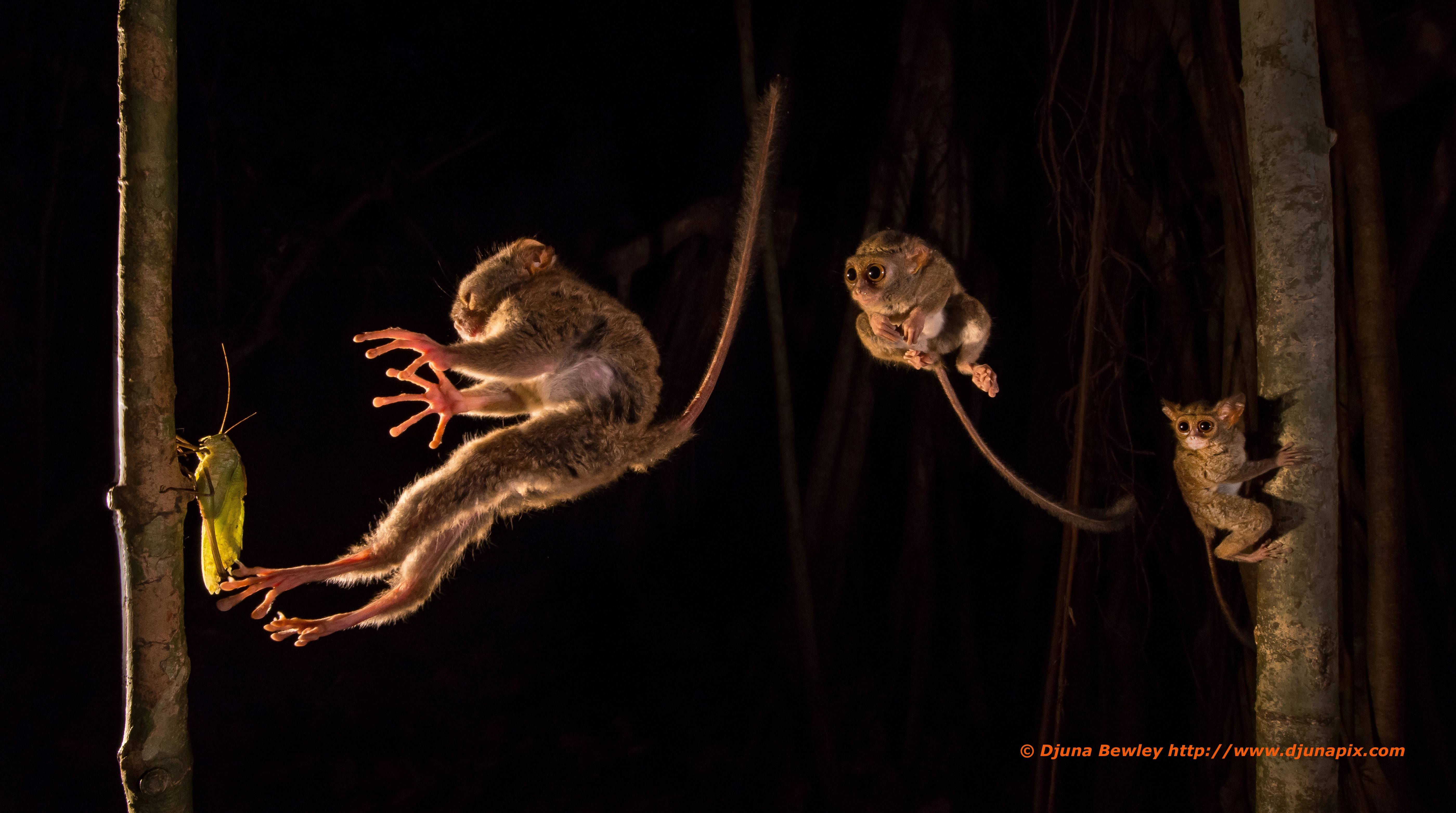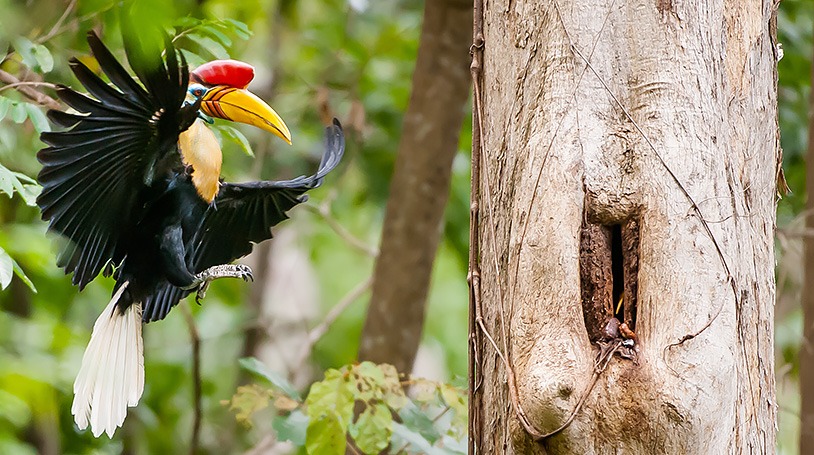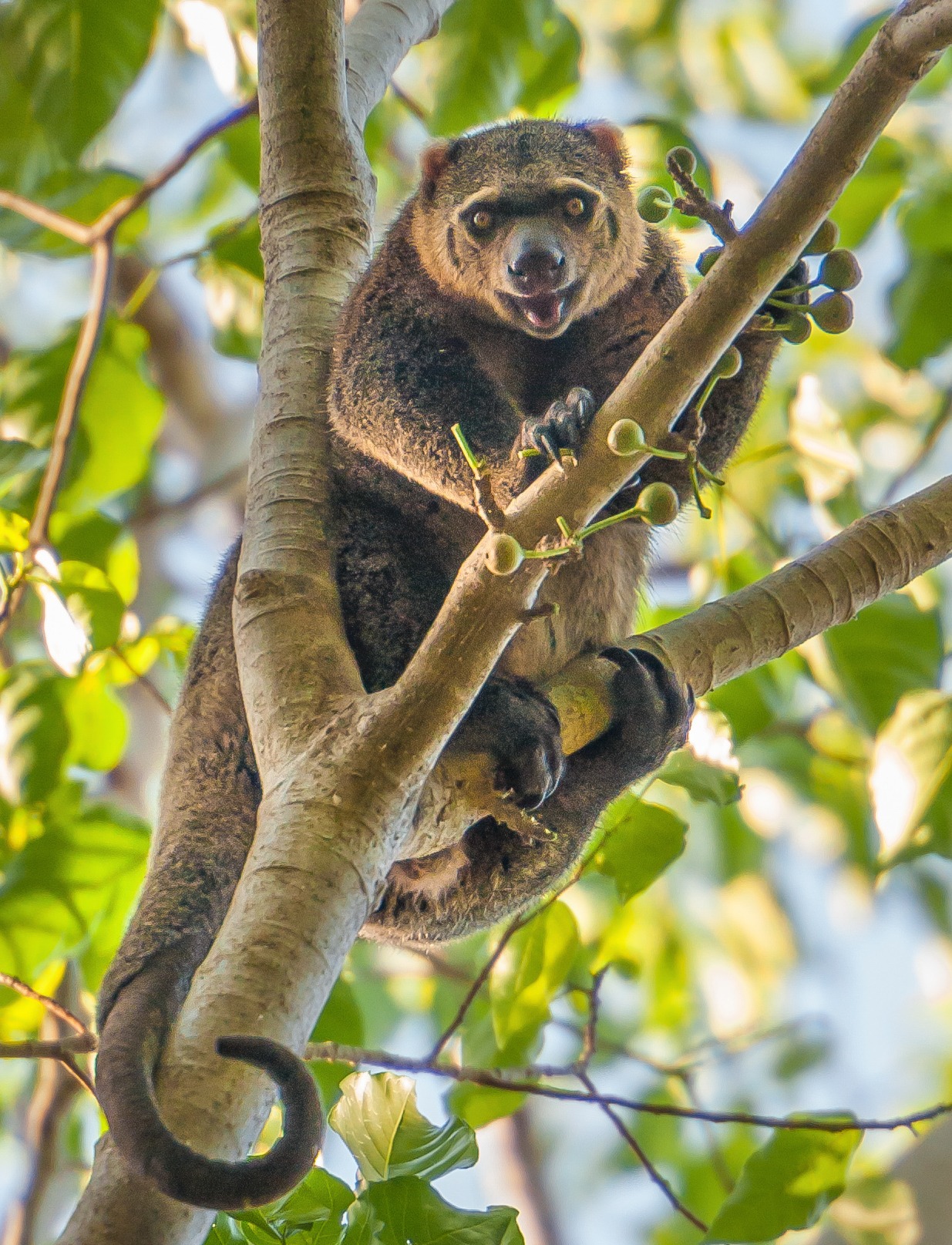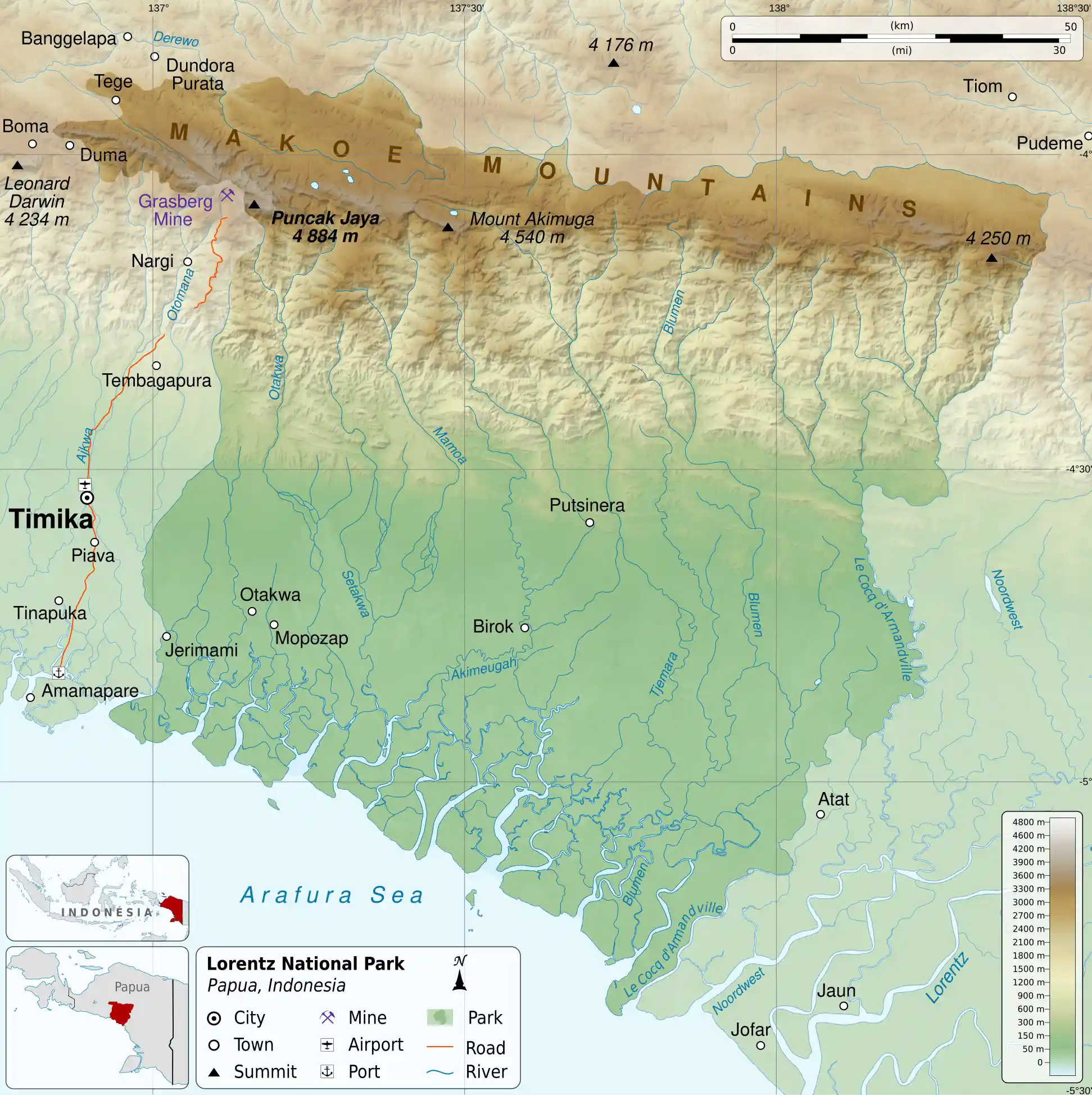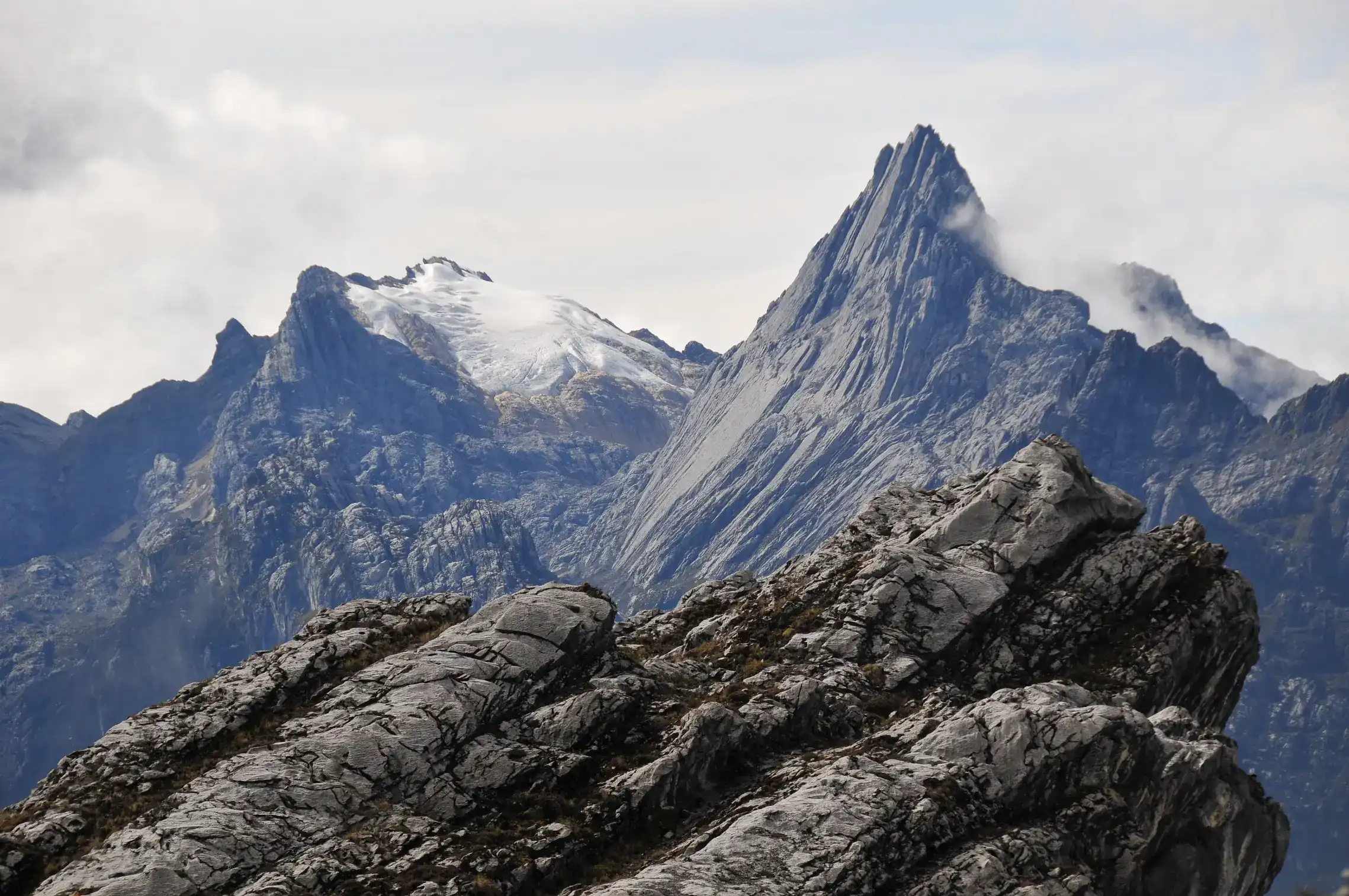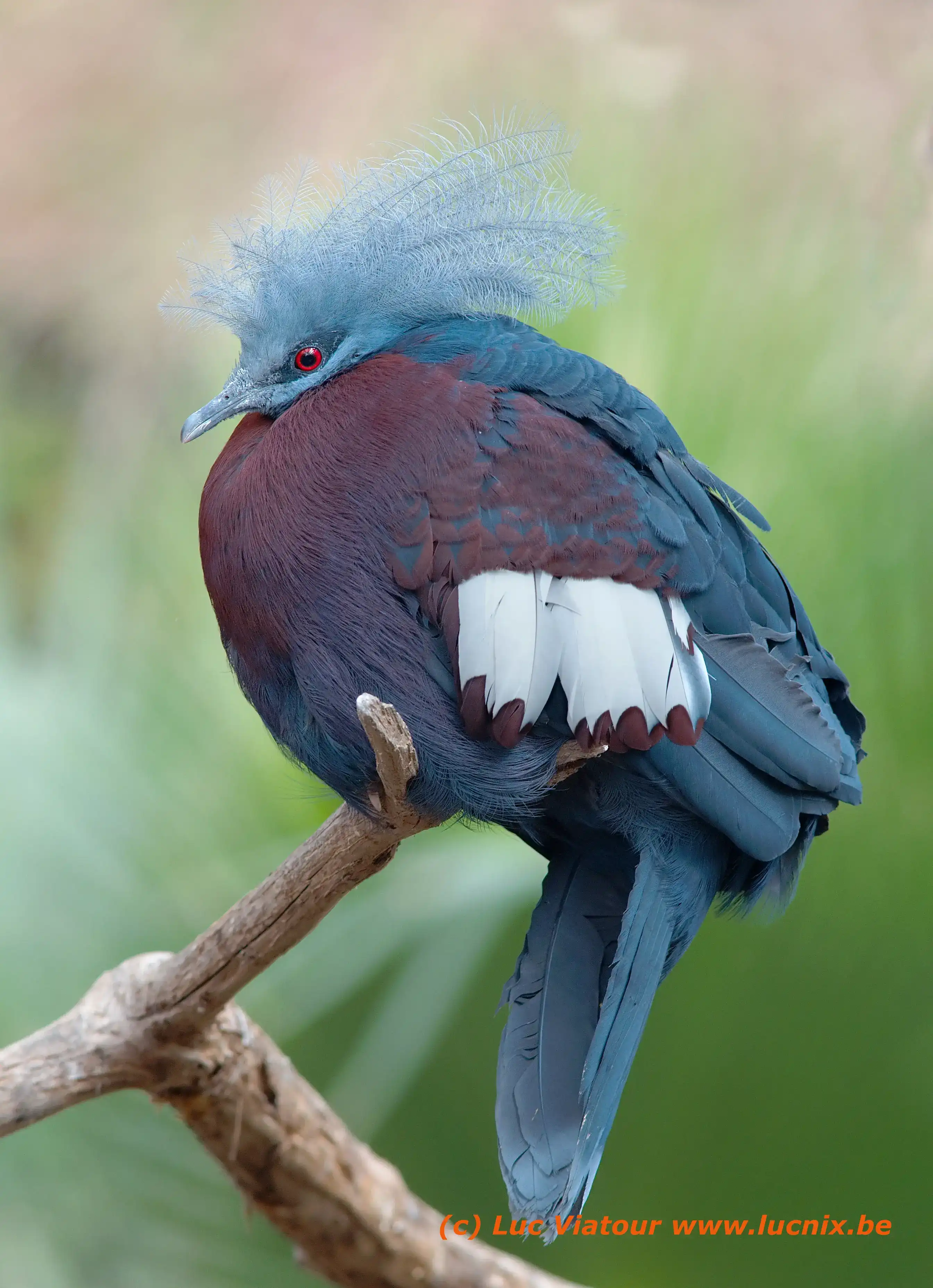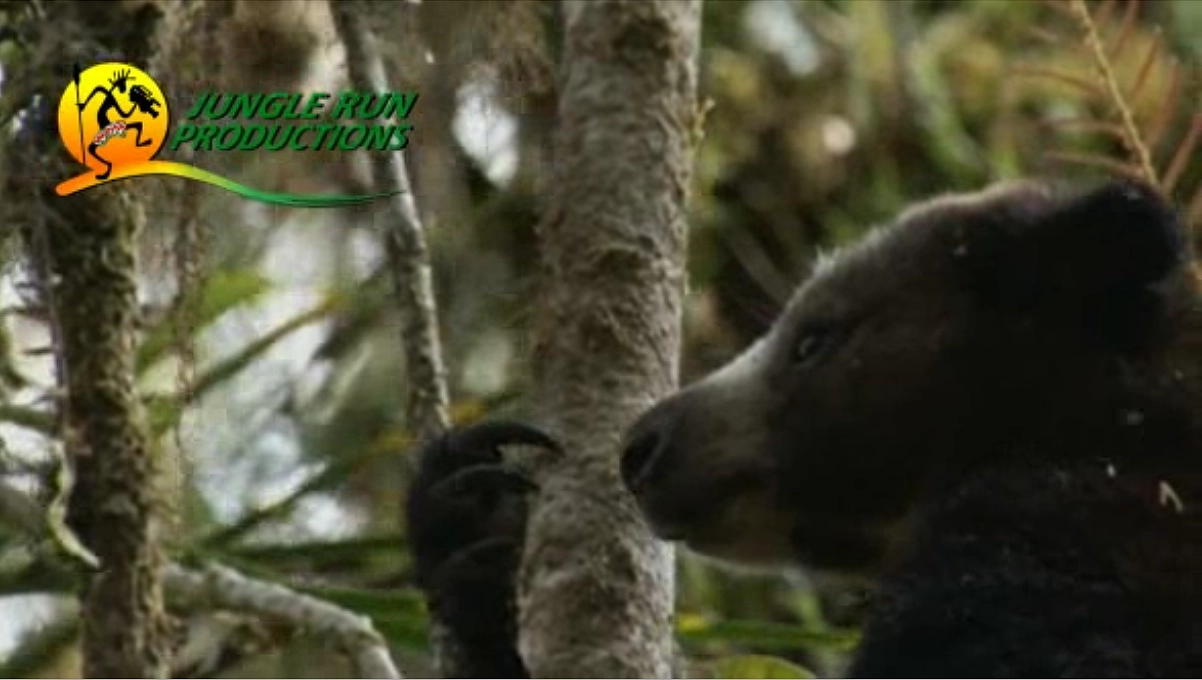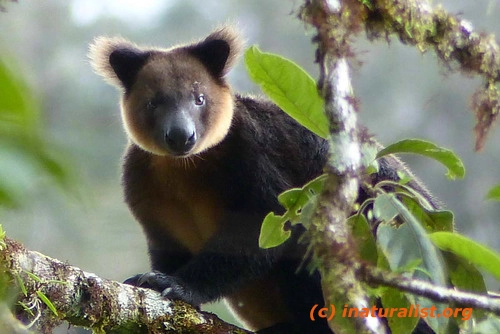Do I need a permit or special visa to film in Indonesia?
Anyone filming in Indonesia requires a special film visa, issued upon approval of a film permit. The film visa is new from 2024 and not all of the embassies/consulates have updated their websites so don’t be confused if the websites still use the term “journalist visa“.
In Indonesia, the processes for filming television, feature films, corporate, or TVCs, are different from filming for news which requires a journalist visa based on media credentials submitted to the government.
With 25 years supporting international productions in Indonesia, Jungle Run Productions is here to help you secure national permits and visas and all other required permissions.
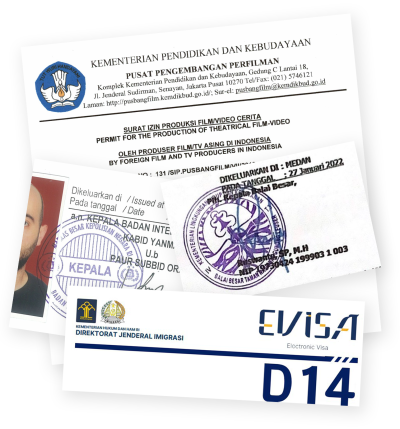
How long does it take to get a film permit for Indonesia?
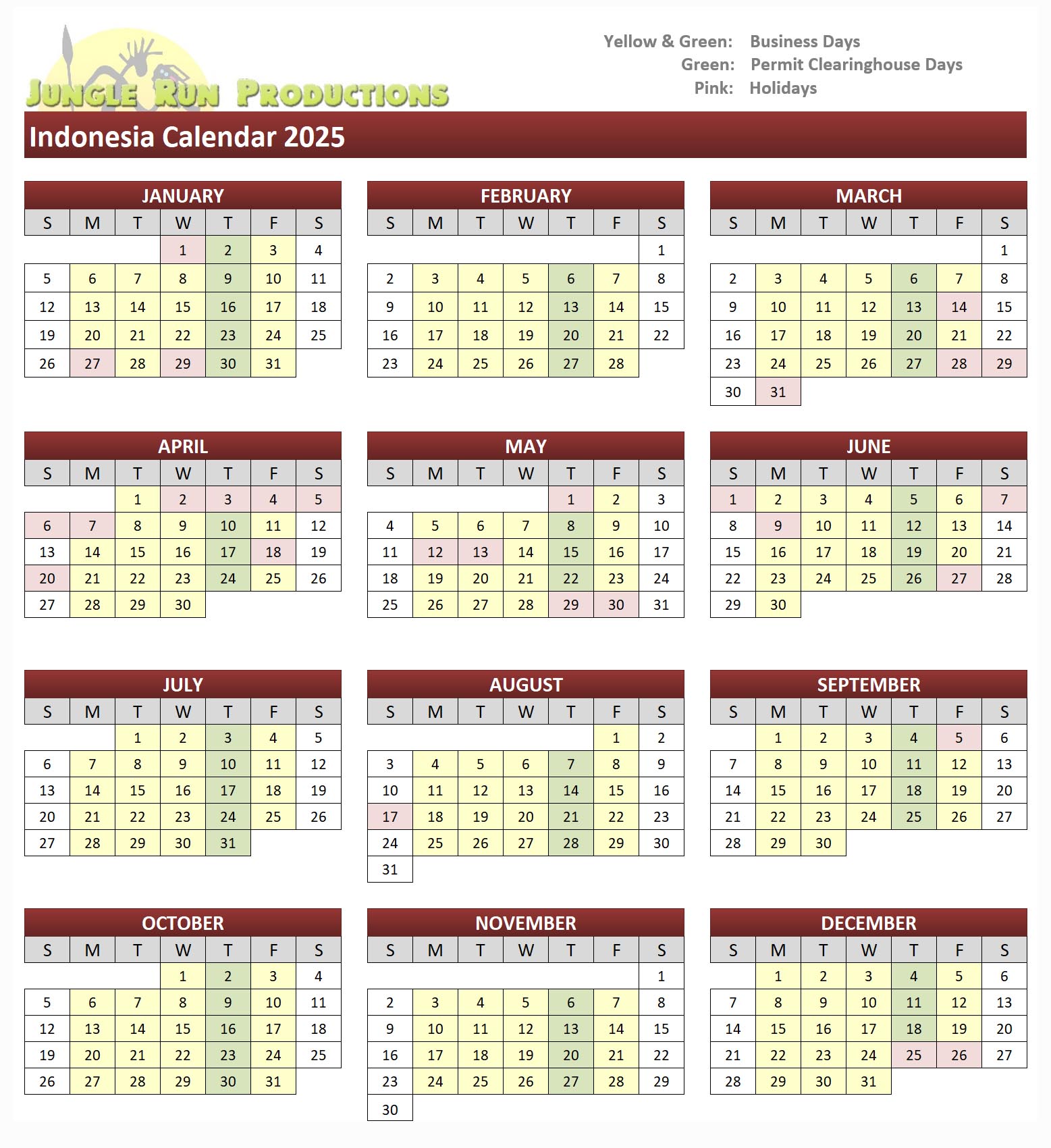
Typical, processing time for a film permit and visas is six weeks though we can help you expedite. For projects that require supporting documentation or more rigorous access negotiations, more lead time may be required, but Jungle Run has an unrivaled track record at getting projects over the line.
Note that Indonesian holidays can impact processing times, particularly those that defer permit review meetings scheduled each Thursday.
Grab a copy of our holiday calendar, and plan on submitting your application package with greater lead time in advance of holiday periods.
Do I need a fixer to film in Indonesia?
Short answer: Yes.
Better answer: We here at Jungle Run fix things before they break. We collaborate with you for seamless production and location management throughout the production process.
The legal answer: As of 2021, Indonesian law requires that foreign producers work under the umbrella of a locally registered company, specifically one in good standing with the Film Department (under the Ministry of Education and Culture) for the provision of production services.

Jungle Run Licenses
PT Media Nusantara Film
(dba Jungle Run Productions)
0049/TDUP.Pusbangfilm/05/2017
0042/IUP.Pusbangfilm/05/2017
Why choose Jungle Run as my film permit and visa sponsor?
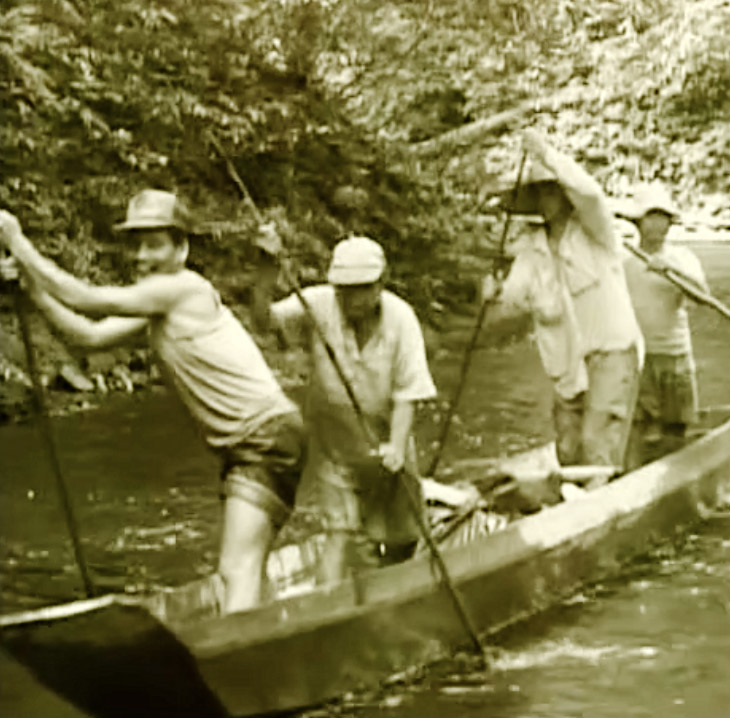
Experience
Founded in 1994, Jungle Run boasts 30 years of community, government and industry vetting.
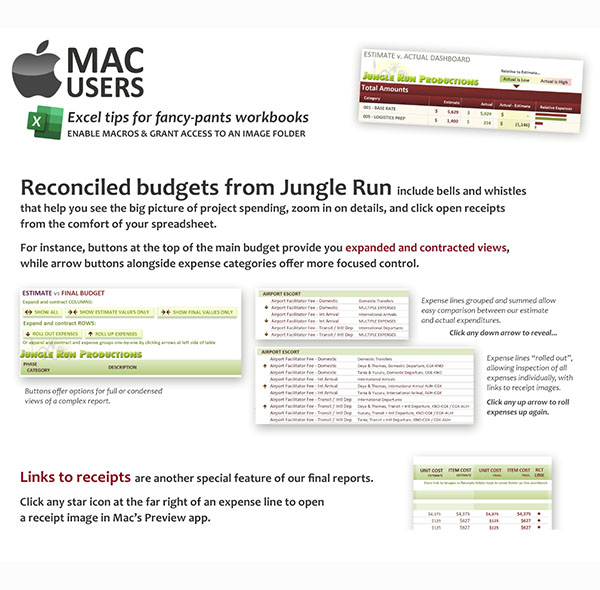
Comms
We speak English, natively. We speak Indonesian, natively and bilingually. We speak government, with legal training and deep contacts. We speak local, tapping know-how across our vast archipelago. And we speak tech.
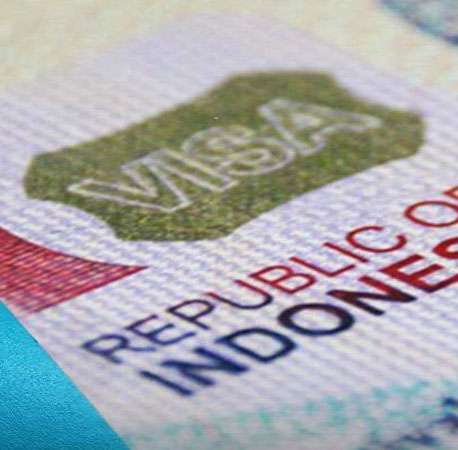
Trust
We pick up where many fixers fail. Sometimes this starts weeks or months down the line of permit negotiations, via personal referral from Indonesia’s Film Development Center.
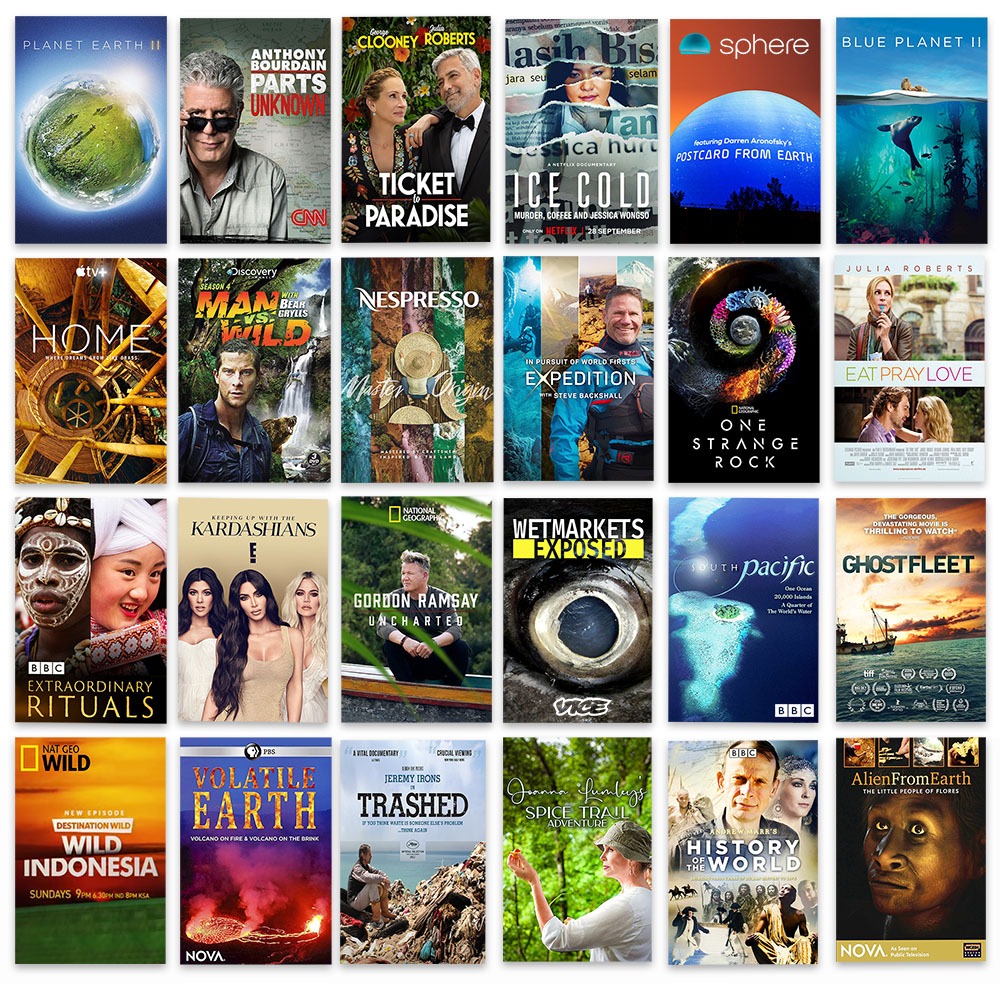
Track Record
We’re known for more than 150 international film and broadcast television projects — from bare-bones to blue-chip to giant screen productions demanding years of far-flung fieldwork.
What services does Jungle Run provide?
At a minimum, our services include:
- walking you through the permit application process
- providing a letter of support from a well-trusted production sponsor
- championing your project upon inter-ministerial review
- fulfilling any requirements for supporting documentation (for some projects this is a special challenge at which we excel)
- serving as your visa guarantor, and filing paperwork to issue visas
- securing police travel documents, local permits, drone flight permits and conservation area permits (as required)
- escorting crew with at least one experienced, bilingual Jungle Run coordinator

For Anthony Bourdain: Parts Unknown, Zero Point Zero recruited Jungle Run early on to cultivate interview opportunities and flesh out story angles.
Beyond that, we invite you to tap us for other needs, including:
Many of our international partners leverage our experience as full-fledged producers or production managers for Indonesia.

For Darren Aronofsky’s Postcard from Earth, Jungle Run supported 70 foreign and local crew over 4 days filming inside a steaming volcano. Logistics included 100 helicopter sorties, 200 porters, 150 onscreen extras, remote catering, bespoke porta-potties, a radio repeater network and housing for a caldera-rim data center sucking up 32 gigabytes per second. Plus hazmat kit for the clouds of sulfuric acid. The team that filmed the NASA rockets for ‘Postcard’ said our shoot sounded like… “rocket science”.
How do I apply for an Indonesian film permit and journalist visa?
As a foreign producer, backed by a trusted Indonesian sponsor (that’s us!), you’ll submit an application via your nearest Embassy or Honorary Consular Office of the Republic of Indonesia.
As your sponsor, we’ll provide guidance, review your application, provide you a support letter, then coordinate with the Film Development Center here in Indonesia to expedite approval for your project.
Once your film permit is issued, we submit that and other documents to issue your film visas, then forward the visas direct to you, via email. Thanks to the recent implementation of e-visas, there’s no longer any need to submit passports at embassies. Big plus for peripatetic film crews!
What documents do I need for my film permit application?
A film permit application package includes:
- Production company introduction letter endorsing your project and intent to film in Indonesia, with reference to Jungle Run as your local partner. The letter should be on company letterhead, addressed to the Ambassador or Consul and signed by the head of production (digital signature OK).
- Synopsis of the film or television show, with focus on the sequences you plan to film in Indonesia
- Sponsor letter from Jungle Run Productions (we provide upon review of your letter and synopsis)
- Tentative shoot schedule, including locations (list more locations than needed, if unsure)
- Personal History form for each crew and cast member (include backup personnel, if possibly needed)
- Personal History form for Jungle Run's location manager (we provide)
- Passport photos for each crew and cast member, one attached to Personal History form + 2 additional
- Photocopy of front page of passport for each crew and cast member
- List of equipment (note that drones are prohibited; we can provide)
- Flight reservations (provisional)
- Signed form that you will abide by national and local laws, regulations and customs and provide a copy of your completed film to government
Possible additional requirements include:
- Drone docs: Pilot ID, Pilot UAV License, UAV Registration (must be Indonesian citizen and Indonesia-registered drone; we provide this)
- Support letters from principal interview subjects (if requested at Consulate, we may lobby to waive or defer for later consideration)
Possible issues / areas of confusion:
- Most Embassies/Consulates can receive submissions via email, but any printed submissions should be single-sided
- Vaccine and PCR test documents are not now required
- Drone flight permits and conservation area permits, if needed, follow issuance of the national film permit
Walk me through the permitting process, step-by-step
Connect with Jungle Run.
Review the film permit application documents from your nearest Indonesian Embassy or Consulate
Make friendly contact at the Embassy or Consulate, in person if feasible.
Work with us to complete your application package.
Submit your application to the Embassy or Consulate (email or single-sided print).
The Consulate reviews your application.
If the Consulate requests an in-person interview, patch us in via video call.
The Consulate forwards your application to Indonesia.
The Ministry of Foreign Affairs vets crew and cast members.
The Ministry of Information logs your application.
The Film Development Center presents your application at a Thursday inter-ministerial clearinghouse meeting.
If there are no questions or requests from the clearinghouse, the permit is approved.
If there are questions or requests we hustle to fulfill them ASAP, hopefully by the next Thursday meeting.
Jungle Run receives your permit in the week following a Thursday approval, usually by the next Wednesday.
Jungle Run submits your permit, passport photos, complete passport photocopies and Jungle Run docs to process your visas.
Jungle Run sends your visas via email — no need to submit passports at an Embassy or Consulate.
Fly your crew to Indonesia and start shooting!
Where do I get an Indonesian film permit application?
Via your closest Indonesian Embassy or Consulate. Most maintain websites, where instructions and documents for “Journalist Visas” are often found under “Visas” or “Consular Services”.
That said, some Embassy/Consulate websites are more comprehensive and up-to-date than others. Some only provide only document checklists, without forms. If that’s the case, download forms provided here and ask your Consulate contact if these will be accepted.

Film Permit / Journalist Visa Pages at select Embassies and Consulates
What documents are required for filming visas in Indonesia?
Once your film permit is approved, we’ll request from you:
- Digital passport photo for each crew member
- Passport scan for each crew and cast member (valid for 6 months upon entry)
- Round-trip ticket scan for each crew member
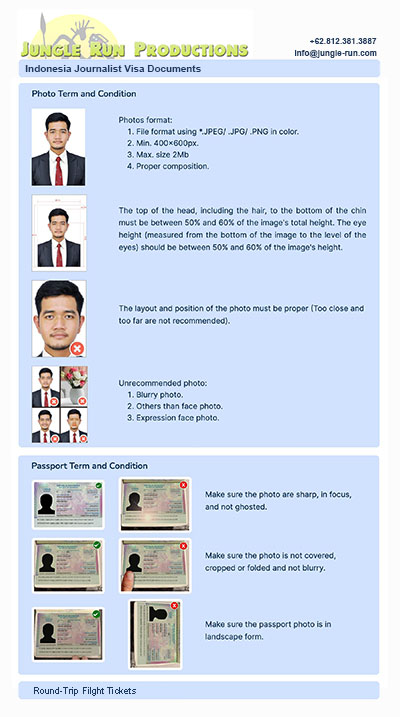
How long a stay is granted with a film visa for your production?
Film visas may be single-entry or multiple-entry.
Single-entry visas are available 60 days and can be extended twice.
Multiple-entry film visa is valid for one year, requiring a visa extension every 60 days (for which you must leave the country).
Once a journalist visa is issued, crew members must enter Indonesia within 90 days to avoid cancellation.
Are permits needed to film in Bali, Borneo or Papua?
As a young country — just pushing 80 — Indonesia is home to locations more famous than the nation itself. And the vast islands of Borneo and New Guinea are shared by Indonesia and neighboring countries, adding to confusion.
Indeed, with 18,000 islands and counting, spanning one eighth of the world’s circumference, Indonesia is diverse in every sense of the world. Thirty years in, we at Jungle Run still feel we’re just barely scratching the surface.
Following issuance of your national permits for filming in Indonesia, we’ll secure all additional permissions — police travel letters, drone flight permits, park permits, regional permits, local permits and special permissions for any cultural, private or commercial locations.
Are permits required to film in Indonesia's national parks?
Filming in conservation areas in Indonesia requires a special use permit approved at each location upon basis of the national film permit.
Filming highlights in Indonesian conservation areas
Komodo National Park
Komodo National Park
Komodo National Park (Indonesian: Taman Nasional Komodo) is a national park in Indonesia located within the Lesser Sunda Islands in the border region between the islands of Flores and Sumbawa. The park includes the three larger islands Komodo, Padar and Rinca, and 26 smaller ones. The national park was founded in 1980 to protect the Komodo dragon. In 1991 the national park was declared a UNESCO World Heritage Site and a Man and Biosphere Reserve. It is considered one of the world’s 25 biodiversity hotspots, and has been selected as one of the New 7 Wonders of Nature.[2]
Flora and fauna
The most famous of Komodo National Park’s reptiles is the Komodo dragon (Varanus komodoensis). It is the world’s largest lizard and is among the world’s largest reptiles;[20] the females can reach a length of 2 to 2.5 m (6.6-8 ft) and a 70 kg weight, the males a length of 3 m (10 ft) and up to 136 kg (300 lb) weight.
Their populations are restricted to the islands of Komodo (1,700), Rinca (1,300), Gili Motang (100), Gili Dasami (100), and Flores (c. 2,000),[15] while extinct on Padar.[5]
The park is rich in marine life, including whale sharks, ocean sunfish, manta rays, eagle rays, pygmy seahorse, false pipefish, clown frogfish, nudibranchs, blue-ringed octopus, sponges, tunicates, and coral. Varieties of cetaceans inhabit in adjacent waters from smaller sized dolphins to sperm whales[16] and even blue whales.[17][18] Omura’s whales, one of the least known of rorquals have been confirmed to range waters within the park.[19] Endangered dugongs still live in Komodo areas as well.
The terrestrial fauna includes the rusa deer, wild boar, water buffalo, crab-eating macaque and civet. Several of the reptiles and birds are Australian in origin, such as the orange-footed scrubfowl, the lesser sulphur crested cockatoo, and the helmeted friarbird and tweleve terrestrial snake species including cobras, vipers, pythons, and kraits.
Bromo Tengger Semeru National Park
Bromo Tengger Semeru National Park
Bromo Tengger Semeru National Park is a national park located in East Java. It is the only conservation area in Indonesia that has a sand sea,[2] the Tengger Sand Sea (Laut Pasir Tengger), across which is the caldera of an ancient volcano from which four new volcanic cones have emerged. The massif also contains the highest mountain in Java,[3] Mount Semeru (3,676 meters (12,060 ft)), four lakes and 50 rivers.
There are five volcanoes inside the Tengger Caldera: Mount Bromo (2,329 m), Mount Batok (2,470 m), Mount Kursi (2,581 m), Mount Watangan (2,661 m), and Mount Widodaren (2,650 m). Mount Batok is the only peak that is no longer active, and is covered in casuarina (Indonesian: cemara) trees. Mount Widodaren, located beside Mount Batok, contains the cave Widodaren, which is considered sacred by local people.
Flora and fauna
Some endangered flora are protected in this park, such as Fagaceae, Moraceae, Sterculiaceae, Casuarina junghuhniana, Javanese edelweiss, and about 200 species of endemic orchids.
There is a relatively small diversity of fauna in the Bromo Tengger Semeru National Park. There are about 137 species of birds, 22 species of mammals and 4 species of reptiles protected in the national park. Examples are besra, green peafowl, Javan rusa, Sumatran dhole, crab-eating macaque, marbled cat and Javan leopard.[2][11]
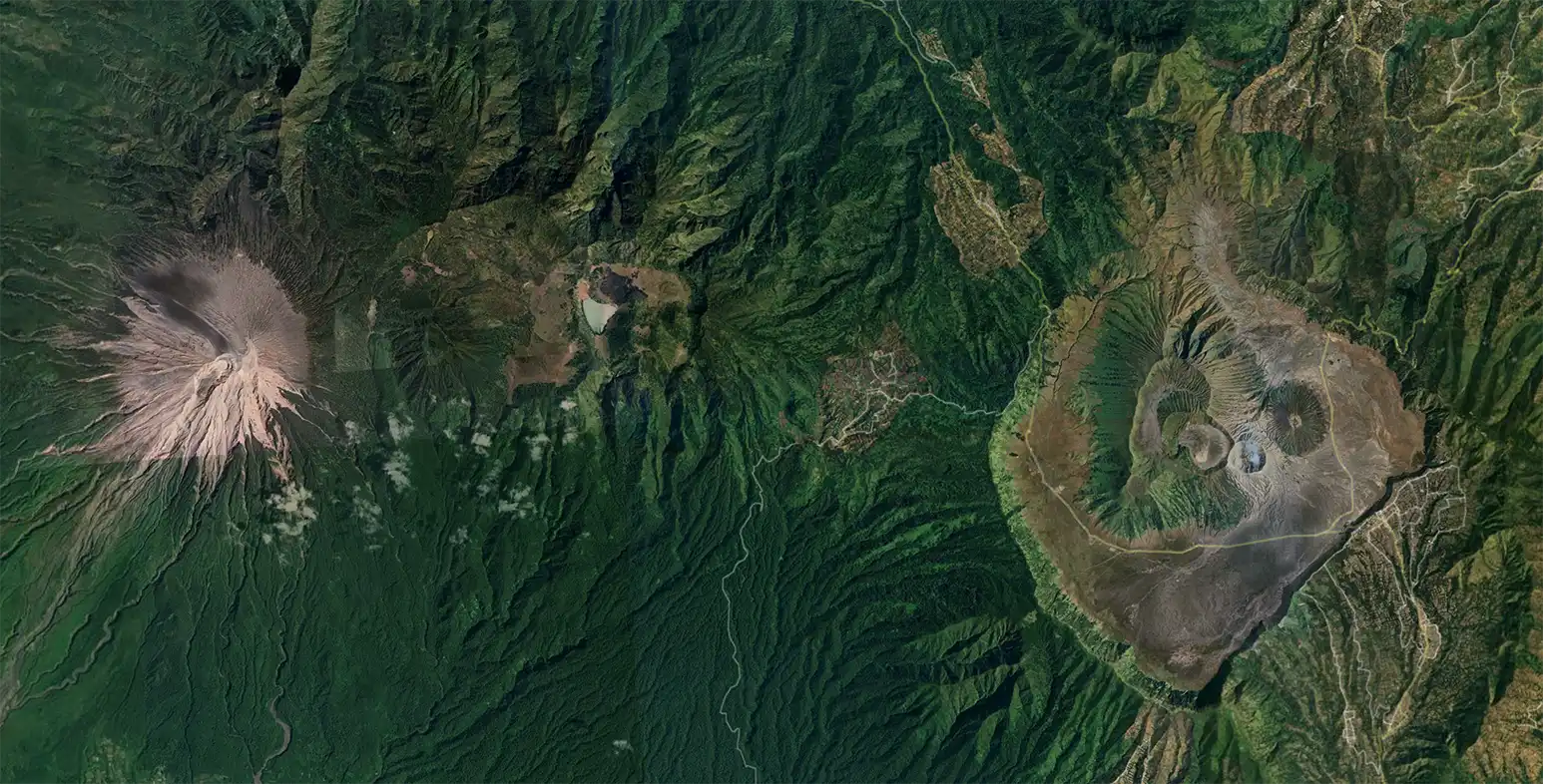
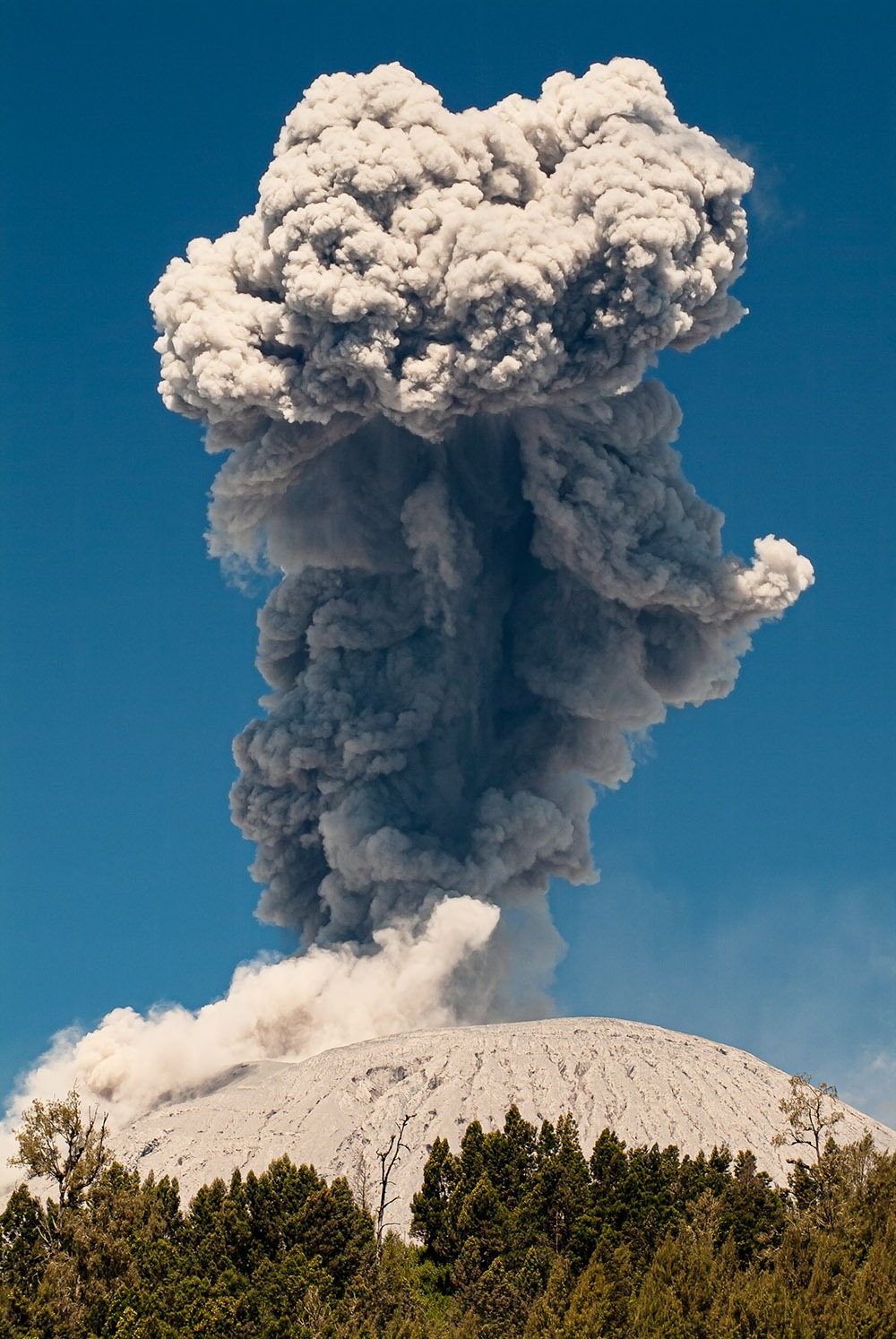
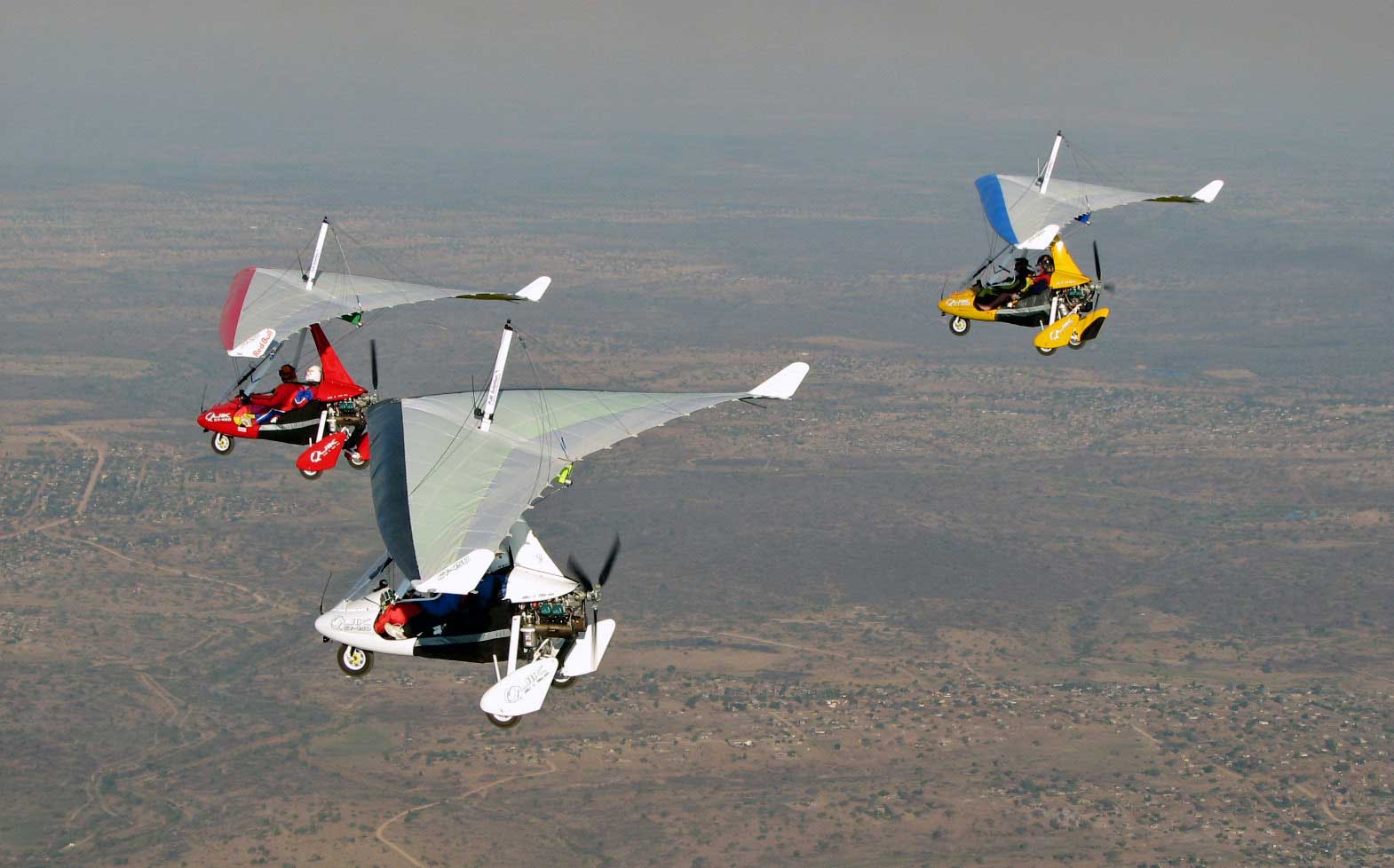
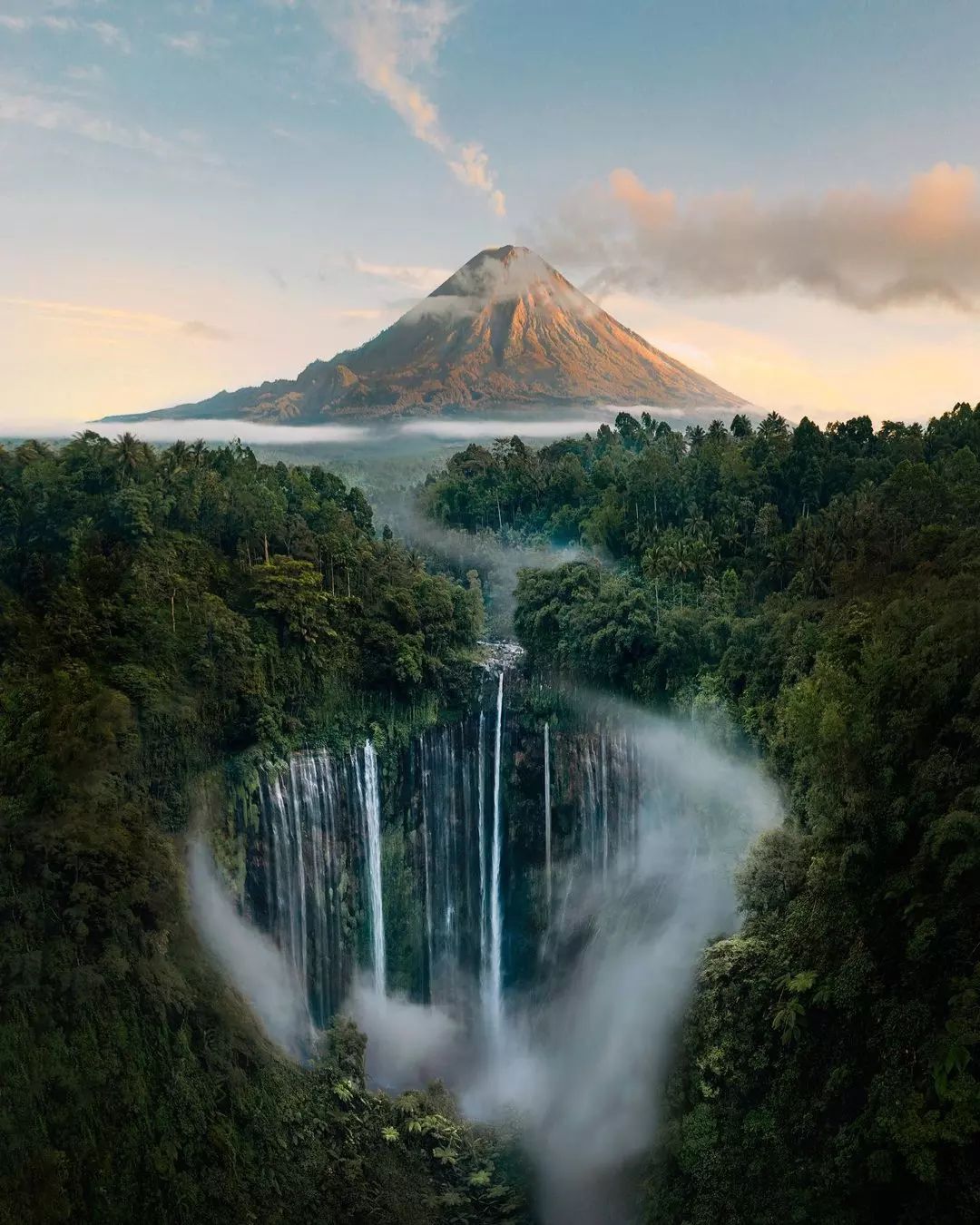
Tangkoko Nature Reserve
Tangkoko Batuangus Nature Reserve
Tangkoko Nature Reserve, is located in the northern part of Sulawesi island in Indonesia, 70 kilometres (43 miles) from Manado City. The reserve covers an area of 8,718 hectares (21,540 acres), and includes three mountains: Mount Tangkoko at 1,109 metres (3,638 feet), Mount Dua Saudara at 1,361 metres (4,465 feet), and Mount Batuangus at 450 metres (1,480 feet).
Flora and fauna
Tangkoko protects at least 127 mammal, 233 bird, and 104 reptile and amphibian species. Of these, 79 mammal, 103 bird, and 29 reptile and amphibian species are endemic to the island.
Threatened mammals include the Celebes crested macaque, of which about 5,500 remain on the island, spectral tarsier, Sulawesi bear cuscus and Sulawesi dwarf cuscus. Birds include the Green-backed Kingfisher, Sulawesi Lilac Kingfisher, Sulawesi Dwarf Kingfisher, knobbed hornbill, Sulawesi hornbill and maleo. Tangkoko is often refered to as a wildlife Disneyland because of the density of mammals, birds and reptiles throughout the park.
Teluk Cenderawasih National Park
Teluk Cenderawasih National Park
Teluk Cenderawasih National Park is the largest marine national park in Indonesia, located in south-east of Bird’s Head Peninsula in West Papua. It includes the islands of Mioswaar, Nusrowi Island, Roon, Rumberpon, Anggrameos and Yoop. The park protects a rich marine ecosystem with over 150 coral species for which it is considered a potential World Heritage Site. It’s also well known for whale sharks and leatherback turtles, the largest fish and sea turtle on the planet respectively.
Flora and fauna
Extending over 14,535 km2, (5,612 mi2) the national park includes coastal and mangrove ecosystems (0.9%), coral reefs (5.5%), island tropical forest ecosystems (3.8%), and marine waters (89.8%). In addition to whale sharks and leatherback turtles, the park has over 1100 fish species of fish, 150 coral species and some 46 species of plants dominated by Bruguiera and Avicennia species, Nypa fruticans, Metroxylon sagu, Casuarina equisetifolia, and Terminalia catappa.
The coral reef ecosystem found here form part of the Coral Triangle region. In the park, coral species recorded consist of 15 families distributed on the shores of 18 islands. Among these are colonies of blue coral, black coral, Leptoseris species, Mycedium elephantotus, and Alcyonacea or soft corals. The percentage of live coral coverage varies from between 30-40% to 64-65%.
Fish species in the park include butterflyfish, damselfish, parrotfish, rabbitfish, clownfish and sharks including whale sharks. Species of mollusc include cowry, Strombidae, Lambis species, Charonia tritonis, and giant clam.
Four species of turtle are common in the park: the hawksbill turtle, green turtle, olive ridley turtle, and leatherback turtle. Mammals include dugong, blue whale and dolphins.
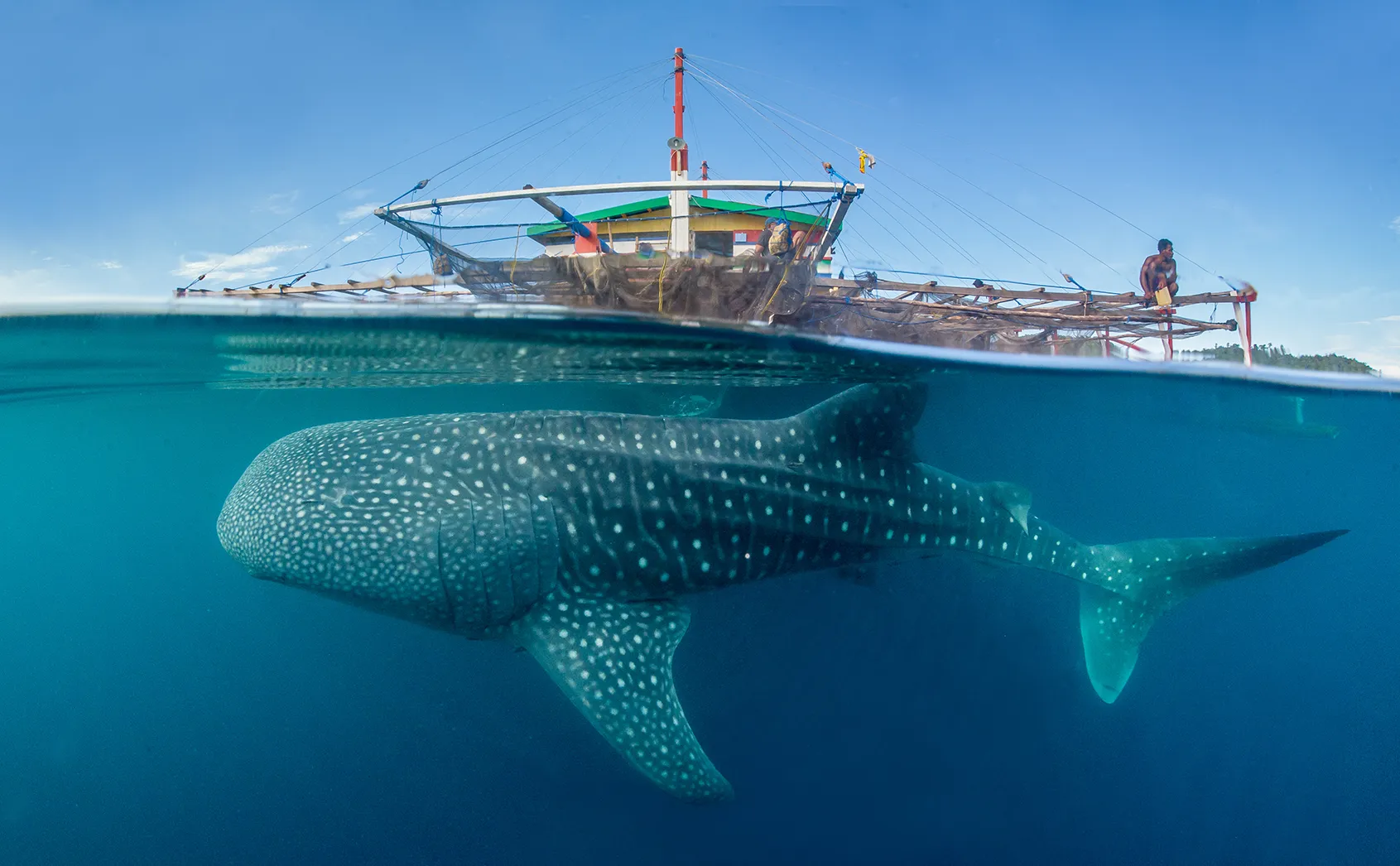
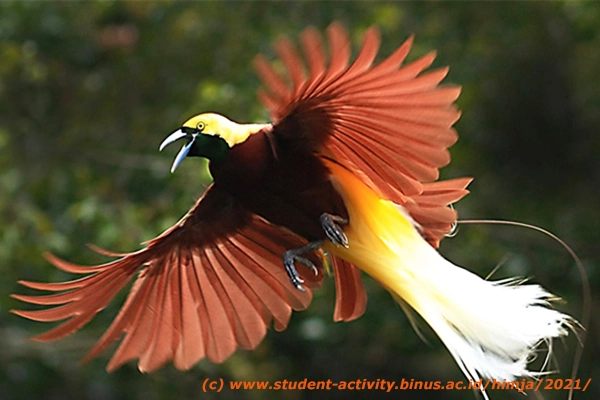
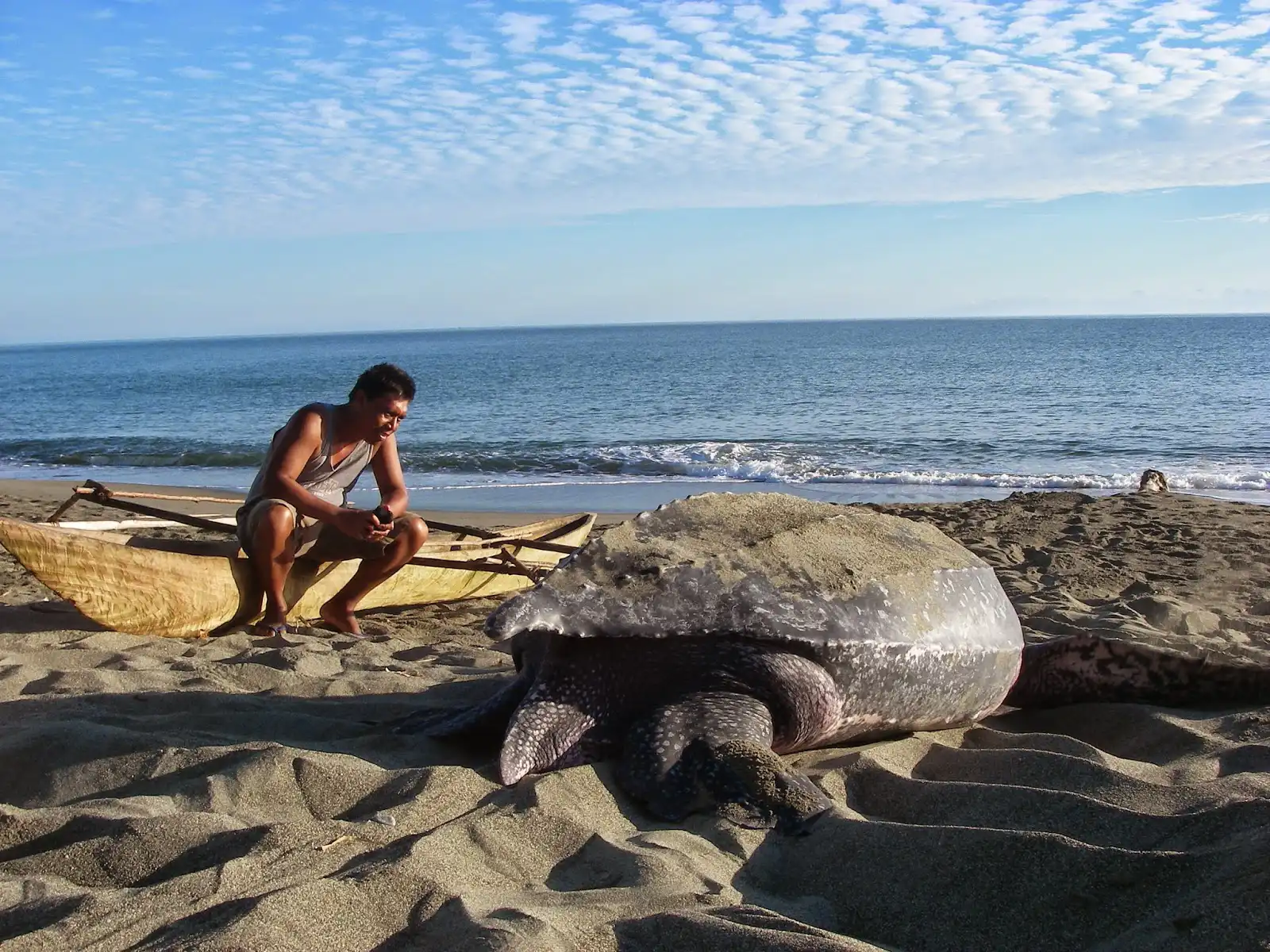
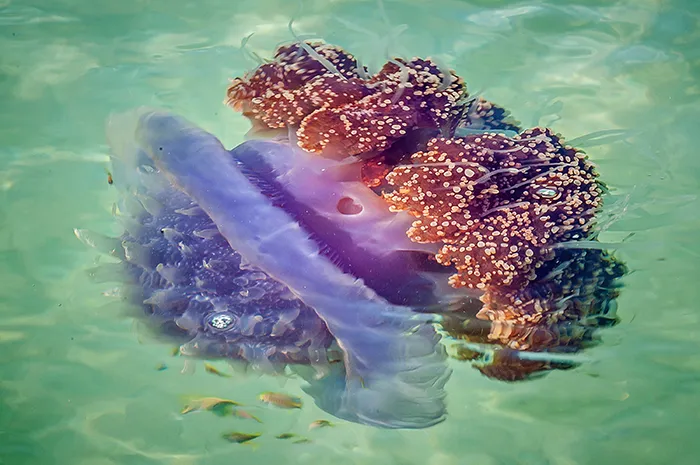
Tanjung Puting National Park
Tanjung Putting National Park
Tanjung Puting National Park is a national park in Indonesia located in the southeast part of Central Kalimantan in Indonesia, also known as Central Borneo. Borneo is the third largest island in the world. The nearest main town is the capital of the Regency, Pangkalan Bun. The park is famous for its orangutan conservation.
The park is composed of 416,040 hectares of dryland dipterocarp forest, peat swampforest, heath forest, mangrove and coastal beach forest, and secondary forest.[4] The park may be accessed from Kumai by speedboat along the Kumai River and then the Sekonyer River to Camp Leakey, a journey that takes about 1 hour and 30 minutes at best.[5] The Kumai River forms the northern border of the park. Beyond that the peat forest has been removed to make way for oil palm plantations.[6]
Four research centers have been established within the park for the study and rehabilitation of orangutans and other primates. Camp Leakey, founded in 1971 with assistance from the Leakey Foundation, was the first of these centers. It was here where Dr. Birute Galdikas began her career studying the behavior of rescued and orphaned orangutans that were reintroduced into the wild. Her research was highlighted as the cover article of National Geographic in October 1975. Dr. Galdikas is now considered one of the world’s leading experts on orangutan behaviour and is the founder and president of the Orangutan Foundation International.
The Orangutan Foundation runs Pondok Ambung Tropical Forest Research Station, supporting Indonesian and international research students. This national park facility has been developed and maintained by The Orangutan Foundation and provides facilities to study the park’s diverse flora and fauna. Orangutan Foundation has been awarding small research grants to individual students for many years, with a focus on supporting students from Indonesia.
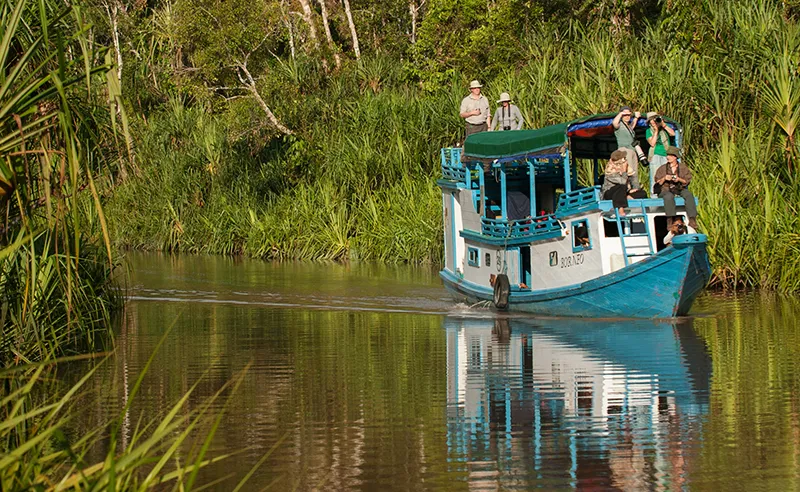
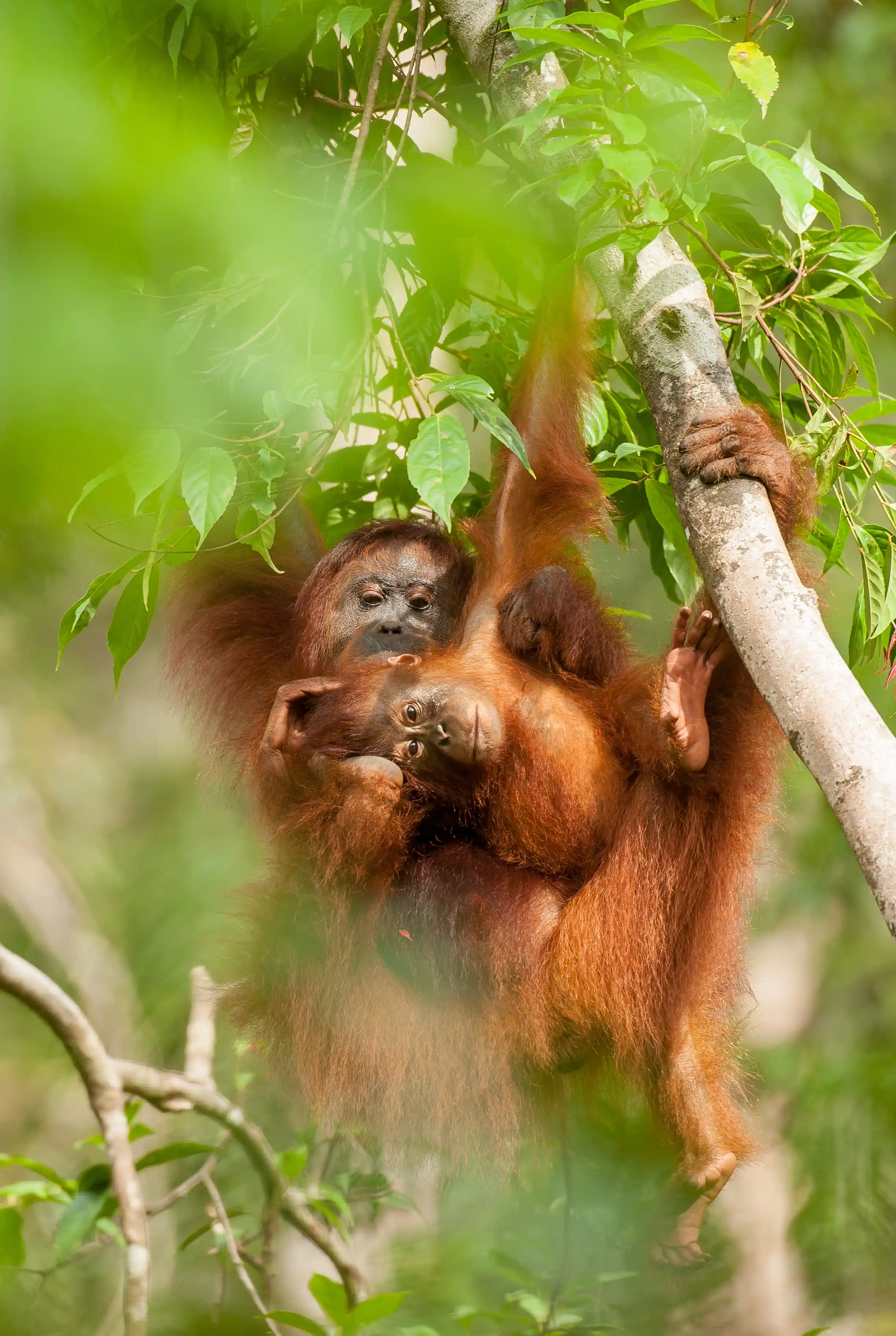
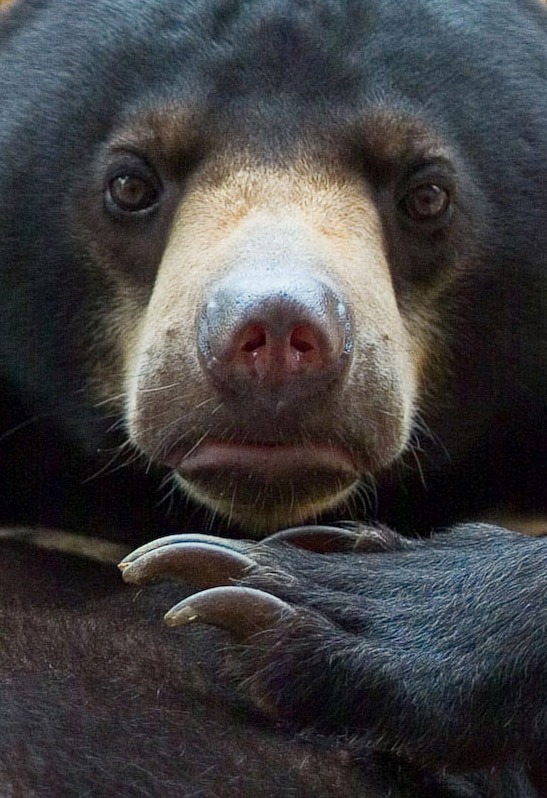

Siberut National Park
Siberut National Park
Siberut National Park comprises 1,905 km2 (47%) of the island of Siberut in the Mentawai Islands of West Sumatra, Indonesia. The whole island including the national park is part of the World Network of Biosphere Reserves.[1]
The notable aspects of the park are its endemic fauna, flora, and indigenous inhabitants, the Mentawai, who still live according to hunter-gather traditions. The Mentawai Islands are thought to have been isolated from mainland of Sumatra for over 500,000 years, thereby producing unique ecosystems.
Flora and fauna
The park protects four endangered endemic primate species: Kloss’s gibbon (Hylobates klossii), Siberut macaque (Macaca siberu), Siberut langur (Presbytis potenziani ssp. siberu) and pig-tailed langur (Simias concolor ssp. siberu). Among the 31 species of mammals in the park[1] there are four endemic species of squirrel.
The park also protects 134 species of bird of which 19 are endemic, including the Mentawai scops owl. The park has been recognised as an Important Bird Area (IBA) by BirdLife International.
The dominant ecosystem type is Dipterocarpaceae rainforest, but the park comprises also four other ecosystems: mixed primary forest, swamp forest, coastal forest, and mangrove forest. A total of 864 plant species have been recorded in the park.
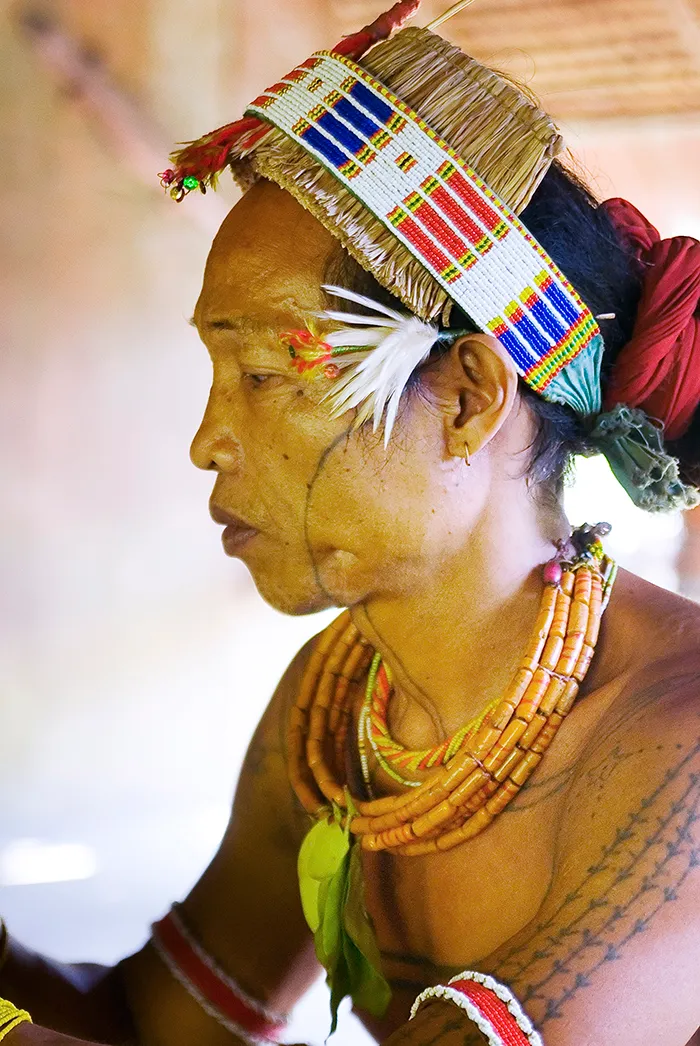

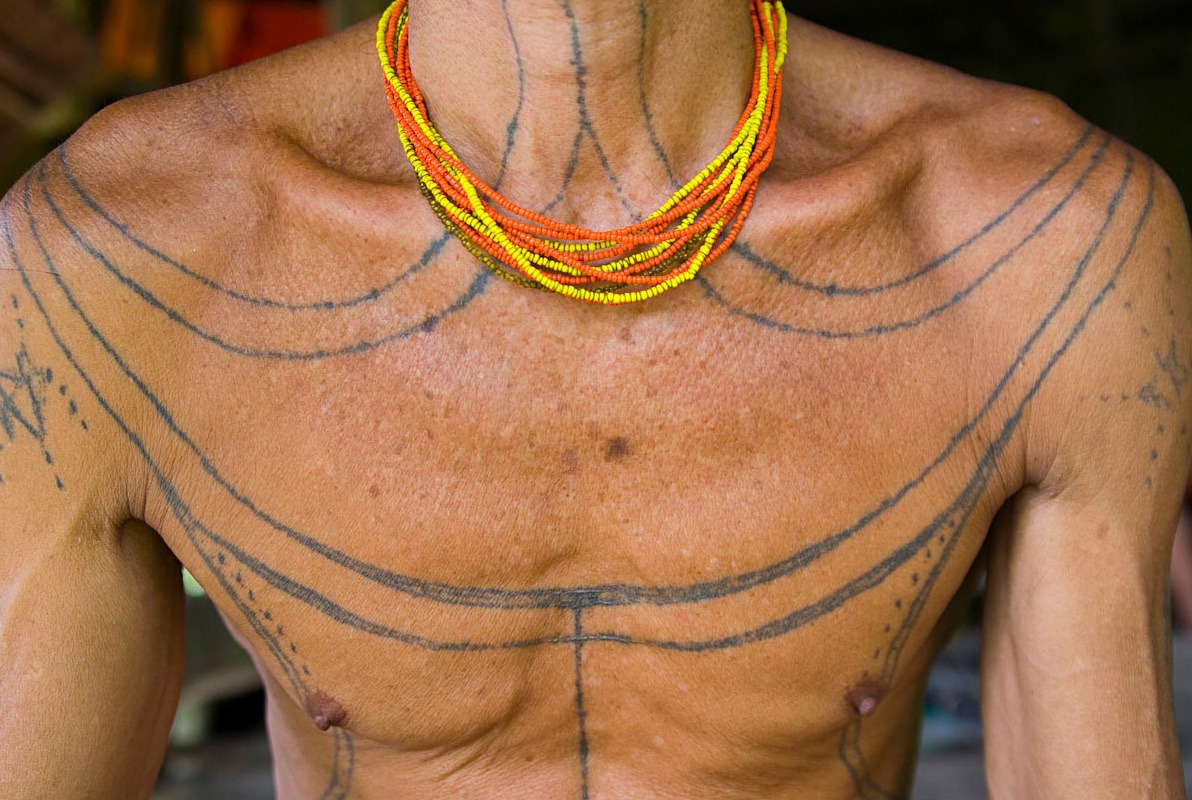
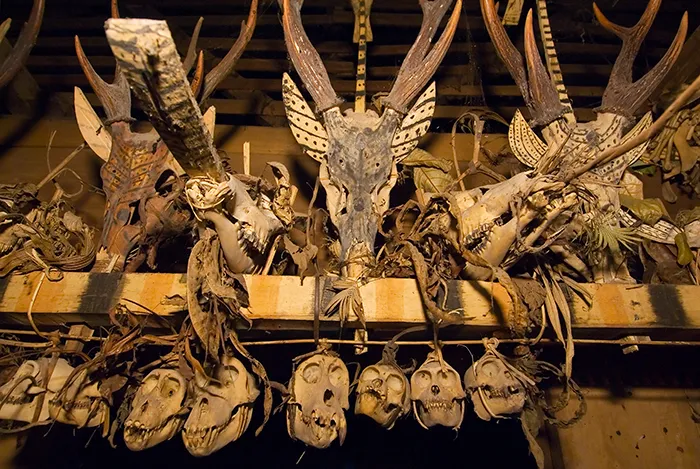
Way Kambas National Park
Way Kambas National Park
Way Kambas National Park is a national park covering 1,300 km2 (500 sq mi) in Lampung province of southern Sumatra, Indonesia. The park protects critically endangered Sumatran tigers, Sumatran elephants and Sumatran rhinoceroses and hosts the Sumatran Rhino Santuary and The Elephant Conservation Centre (ECC). The park consists of swamp forest and lowland rain forest, mostly of secondary growth as result of extensive logging in the 1960s and 1970s
Flora and fauna
The park has 50 species of mammal, many of them critically endangered. There are only 12-14 Sumatran rhinoceros in the area, down from around 40 in the 1990s. The number of Sumatran elephants in the park was estimated to be 247 in 2015. The population of Sumatran tigers has declined from 36-40 in 2000 to fewer than 30. Other mammals in the park are the Malayan tapir, Sumatran dhole (Cuon alpinus sumatrensis) and siamang (Symphalangus syndactylus syndactylus).
About half of the bird species inhabit the coastal swamps, including mangroves, riverine forest, freshwater and peat swamp forest, and the marshes of the area. The park is one of the last strongholds of the white-winged wood duck, with a population between 24-38 birds left, the largest in Sumatra. Among the other 405 species of bird recorded in the park, are the Storm’s stork, woolly-necked stork, lesser adjutant, crested fireback, great argus and Oriental darter.
Among reptiles, the endangered false gharial crocodile is found in the coastal swamps.
Sumatran Rhino Sanctuary
A managed breeding centre named Sumatran Rhino Sanctuary (SRS) of 250 acres (100 ha) was built up in 2023. The goal of the sanctuary is to maintain a small number of rhinos for research, “insurance”, awareness-building, and the long-term goal of developing a breeding program, to help ensure the survival of the species in the wild. Since 1997, trained anti-poaching Rhino Protection Units have been established. These teams patrol the park to deactivate traps and identify illegal intruders. Access to the Sanctuary is highly restricted and it is not typically open to the public. As of November 2023 there were 9 rhinos living in the sanctuary.
Elephant–human conflict
A significant source of conflict between the park and surrounding communities is posed by crop raiding wild elephants. In a study conducted in the 1990s, it was recorded that wild elephants damaged over 45 hectares of corn, rice, cassava, beans and other crops in 18 villages around the park killing or injuring 24 people. Villagers attempt to reduce damage by guarding fields, digging trenches between, lighting bonfires, and modifying their cropping patterns. Forest rangers also use tame elephants to help drive away wild herds.
Elephant Conservation Centre
The Elephant Conservation Centre (ECC) was established in the 1980s. The elephants in the centre have been domesticated and are used to patrol the forest, help push wild elephants back into the park, and for breeding.
The ECC was gifted with an elephant hospital, the first of its kind in Indonesia and the largest in Asia, at a cost of $1.11 million in 2014.

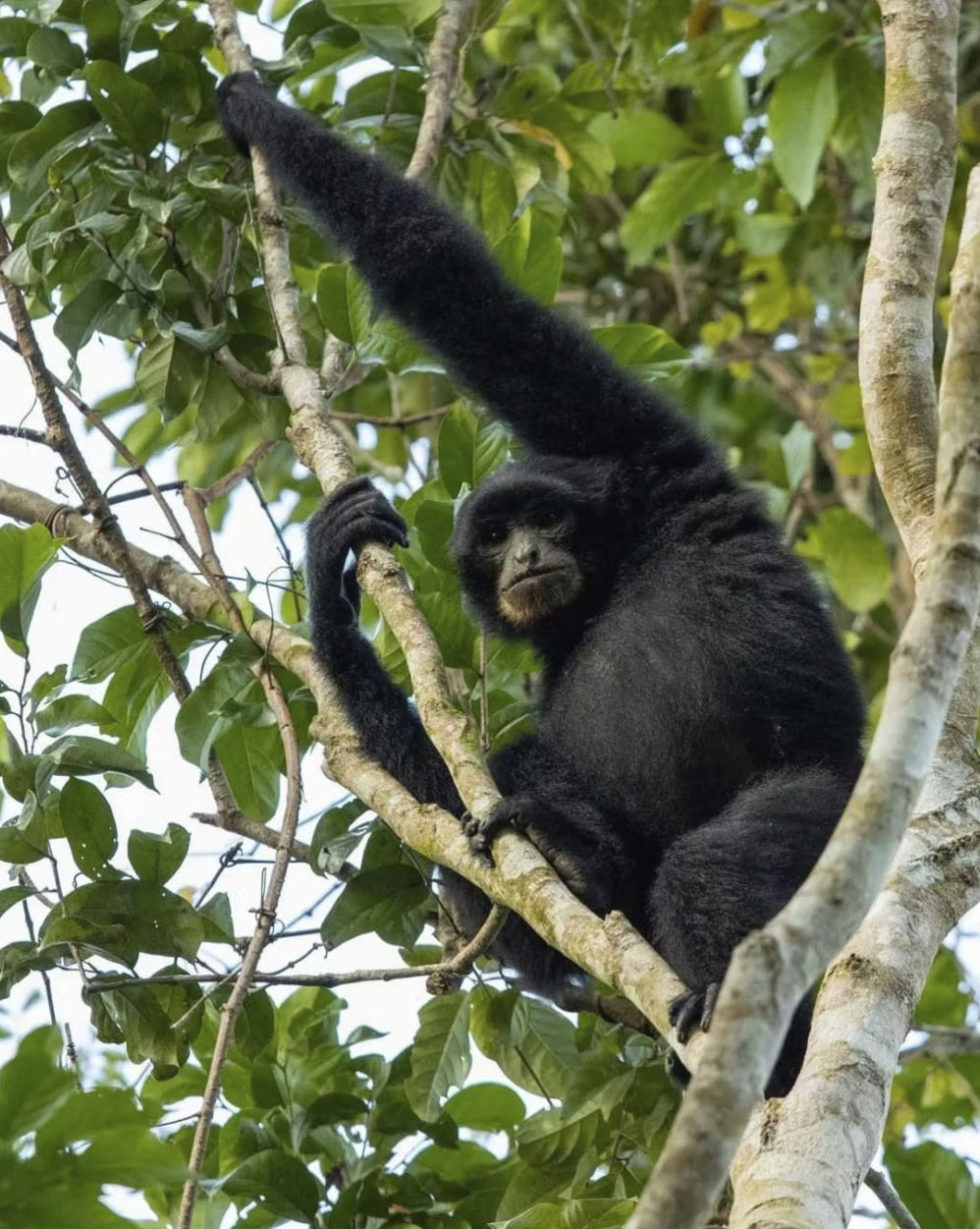
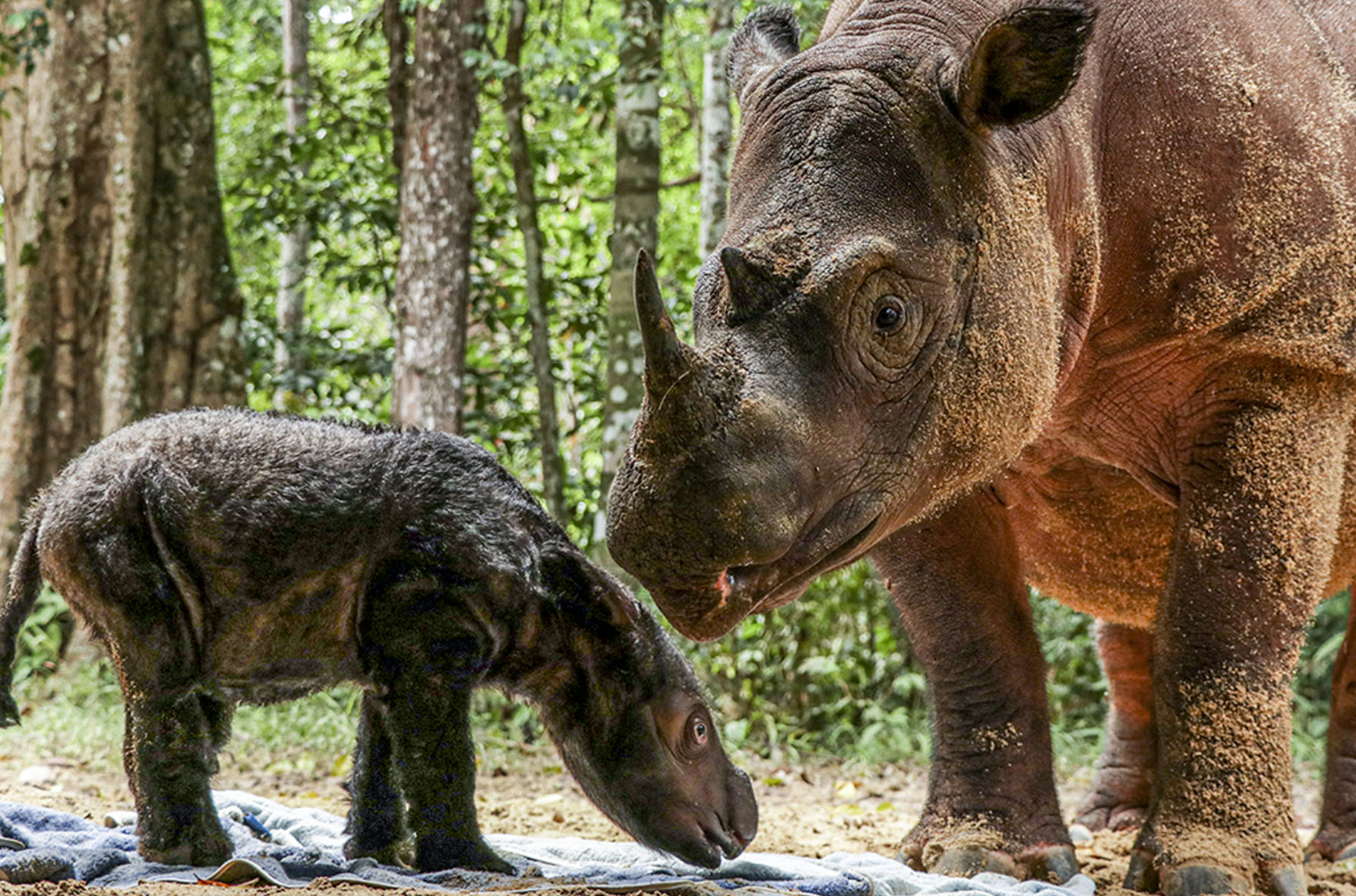
Gunung Leuser National Park
Gunung Leuser National Park
Gunung Leuser National Park is a national park covering 7,927 km2 in northern Sumatra, Indonesia, straddling the border of Aceh and North Sumatra provinces. The park is named after Mount Leuser (3,119 m), and protects a wide range of ecosystems. An orangutan sanctuary at Bukit Lawang is located within the park. Together with Bukit Barisan Selatan and Kerinci Seblat National Parks, it forms a World Heritage Site, the Tropical Rainforest Heritage of Sumatra.
Gunung Leuser National Park is 150 km long, over 100 km wide, and mostly mountainous. About 40% of the park, mainly in the north-west, is steep, and over 1,500 m in elevation. This region is billed as the largest wilderness area in Southeast Asia. Around 12% of the park, in the lower southern half, is below 600 m above sea level. Eleven peaks are over 2,700 m. Mount Leuser (3,119 m) is the third-highest peak on the Leuser Range. The highest peak is Mount Tanpa Nama (3,466 m), the second-highest peak in Sumatra after Mount Kerinci (3,805 m).
Ecology
Gunung Leuser National Park is one of the two remaining habitats for Sumatran orangutans (Pongo abelii). In 1971, Herman Rijksen established the Ketambe Research Station, a specially designated research area for the orangutan. Other mammals found in the park are the Sumatran elephant, Sumatran tiger, Sumatran rhinoceros, siamang, Sumatran serow, sambar deer and leopard cat.
After researchers put 28 camera traps in July 2011, 6 months later the researchers found one male and six females, and predicted the population is not more than 27 Sumatran rhinos, of which the total population is predicted to be around 200 in Sumatra and Malaysia, half the population of 15 years previous.
Jungle Run recently supported Silverback Films one a ytear and a half shoot for their epic Netflix film Secret Lives of Orangutans (trailer in the link).

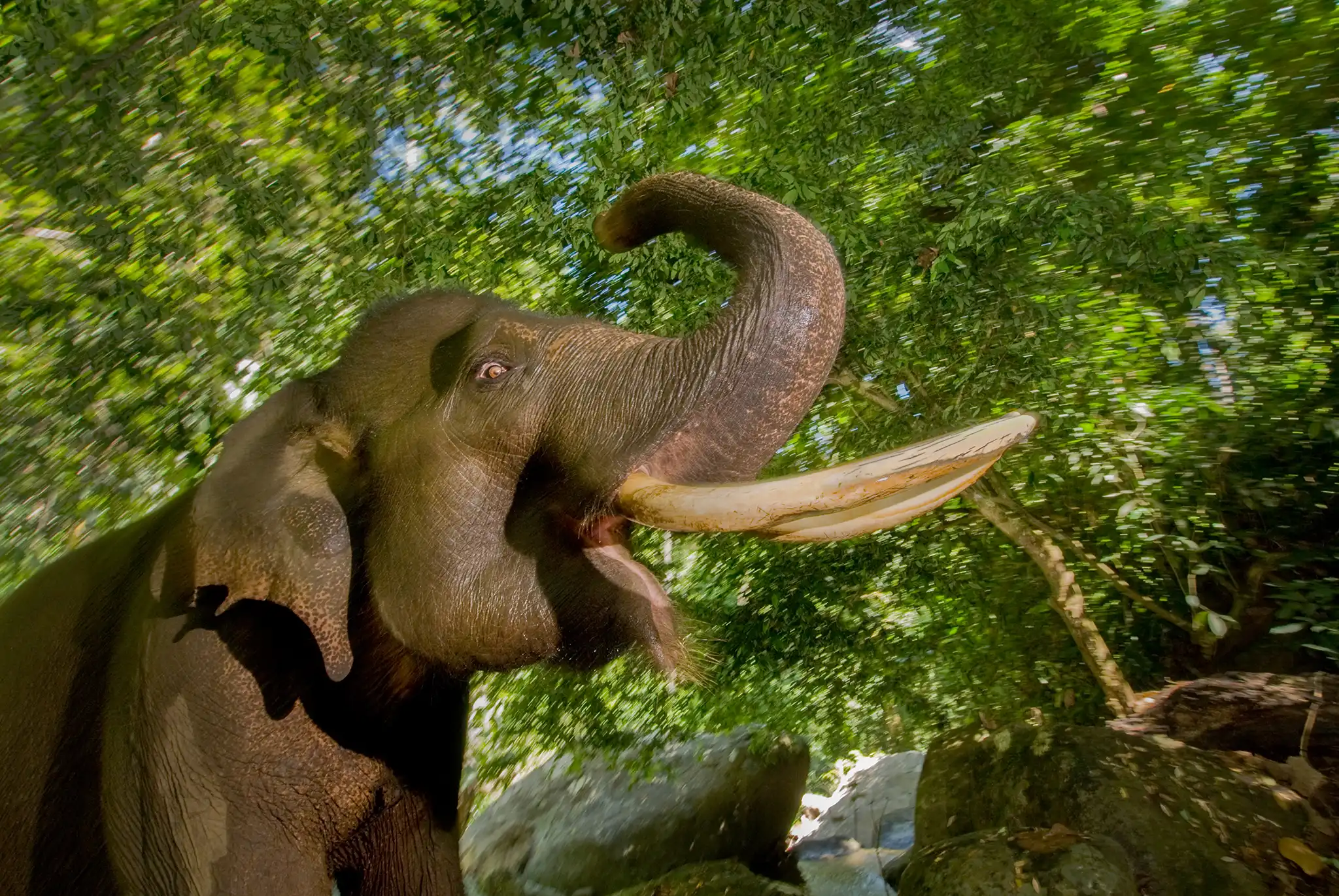
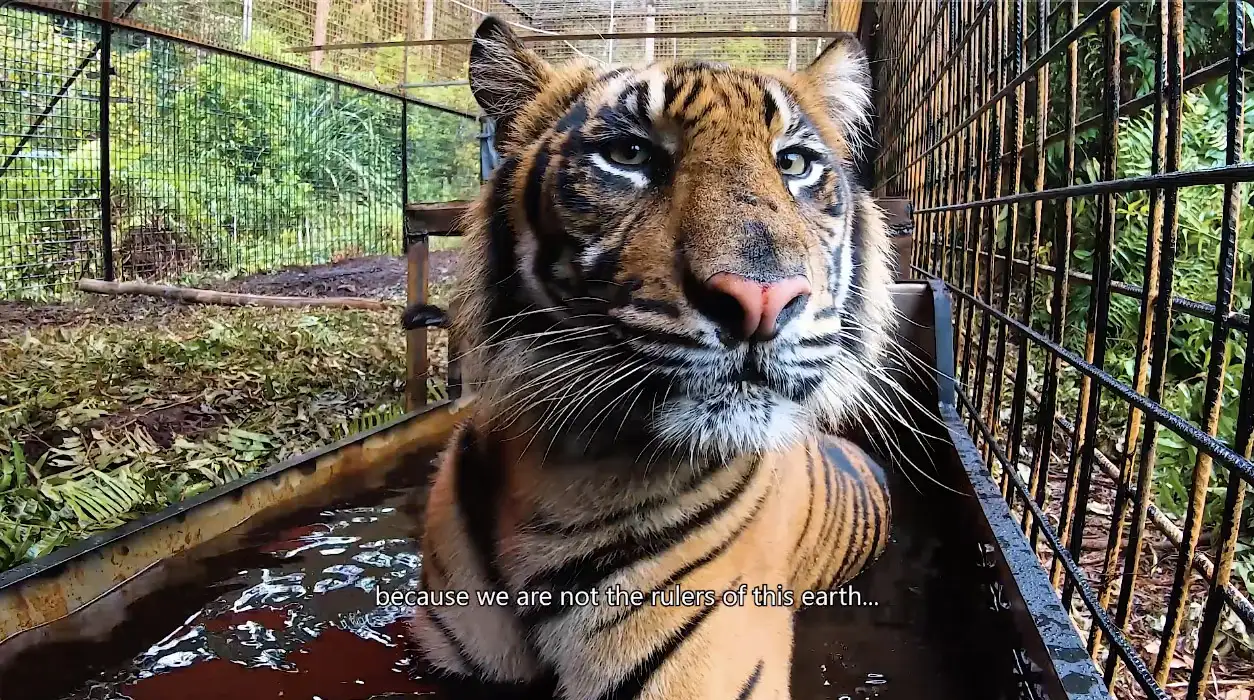
Ujung Kulon National Park
Ujung Kulon National Park
Ujung Kulon National Park is a national park at the westernmost tip of Java, approximately 5 hours from Jakarta by car. It once included the volcanic island group of Krakatoa in Lampung province, although current maps has suggested the Krakatoa island group as its own protected area, the Pulau Anak Krakatau Marine Nature Reserve.
The area has been declared a UNESCO World Heritage Site for “containing the largest remaining area of lowland rainforests in Java”, and also for possessing the most threatened species of rhino, the Javan rhino. The park fully encompasses the Ujung Kulon peninsula, along with surrounding islands and the Gunung Honje mountain range.
Wildlife
Ujung Kulon is the last known refuge for the critically endangered Javan rhinoceros and is one of three lowland rainforest ecosystem parks on the island together with Baluran and Alas Purwo National Park.
There are thought to be 76 Javan Rhino remaining in the park. In addition, roughly 35 mammals species endemic to Java are found in the park, notably the Javanese Banteng, silvery gibbon, Javan lutung, crab-eating macaque, Javan leopard, dhole, Java mouse-deer, Javan rusa, Sunda leopard cat and smooth-coated otter. There are 197 species of birds.
Four Banteng Java (Javanicus javanicus boss) were recently re-introduced to Ujung Kulon. At present the natural population of the Javanese Banteng is in Ujung Kulon National Park, Meru Betri National Park, Baluran National Park, and Alas Purwo National Park.
Javan tigers survived in the national park until the mid-1960s. This photo of a Javan tiger was photographed by Andries Hoogerwerf in 1938.
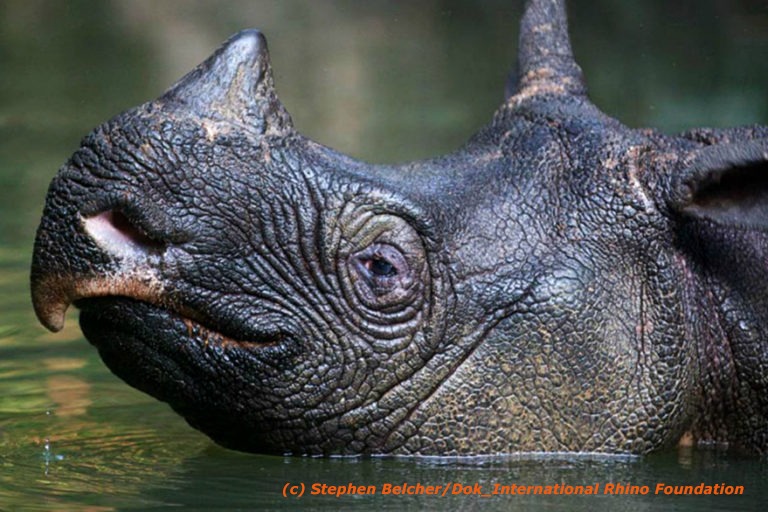
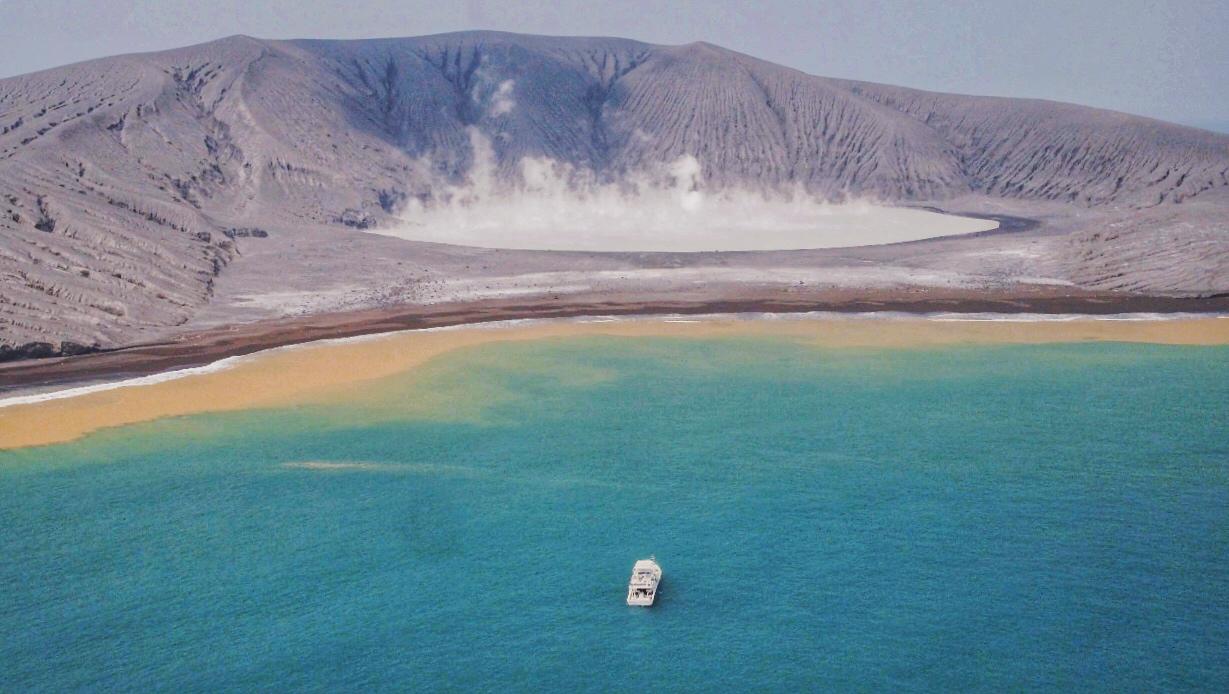
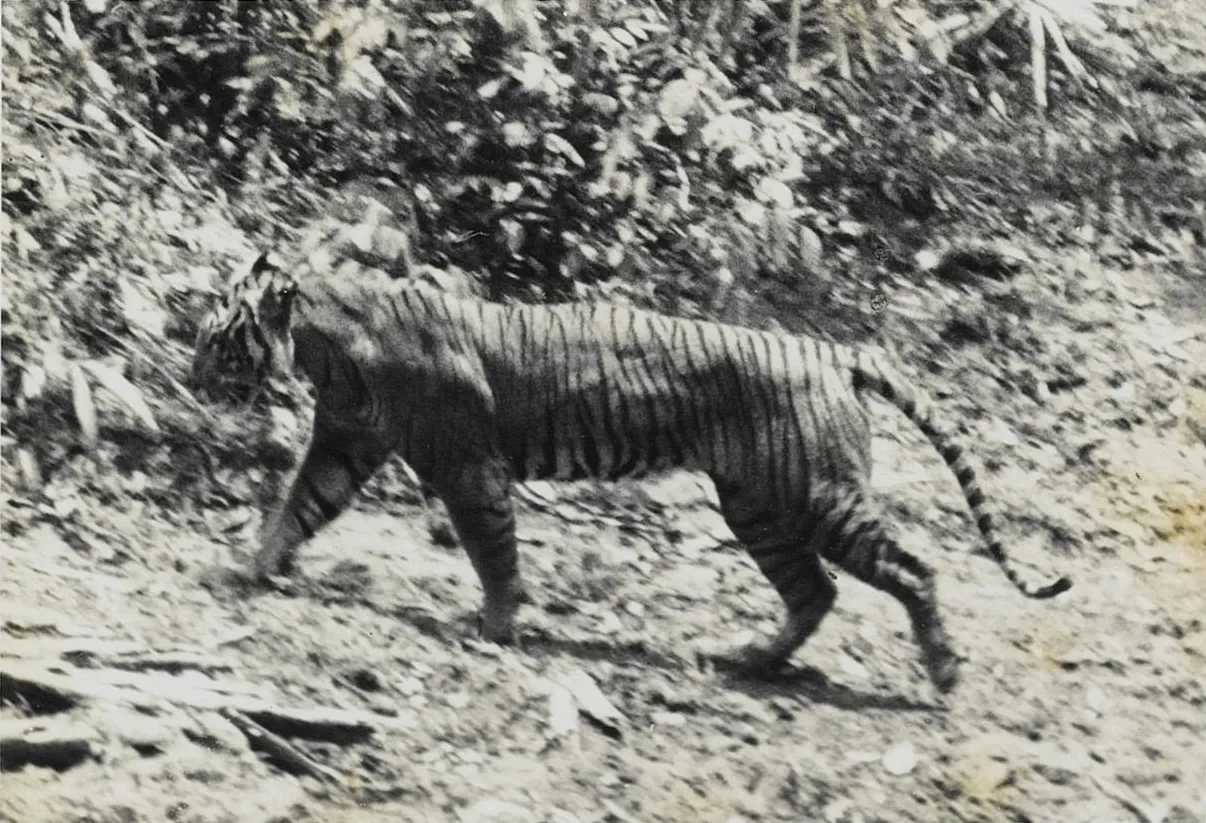

Lorentz National Park
Lorentz National Park
Lorentz National Park is a massive national park covering over 25,000 km2 (9,670 mi2 ). Lorentz National Park includes Puncak Jaya, also known as Carstenz Pyramid, which is the the tallest mountain between the Himalayas and the Andes and the seventh of the 7 Summits. In 1999 Lorentz was declared a World Heritage Site by UNESCO.
An outstanding example of the biodiversity of New Guinea, Lorentz is one of the most ecologically diverse national parks in the world. It is the only nature reserve in the Asia-Pacific region to contain a full altitudinal array of ecosystems ranging through marine areas, mangroves, tidal and freshwater swamp forest, lowland and montane rainforest, subalpine shrub and grassland, alpine tundra, and equatorial glaciers.
Birdlife International has called Lorentz Park “probably the single most important reserve in New Guinea”. It contains five of World Wildlife Fund’s “Global 200” ecoregions: Southern New Guinea Lowland Forests; New Guinea Montane Forests; New Guinea Central Range Subalpine Grasslands; New Guinea Mangroves; and New Guinea Rivers and Streams.
Birds & Mammals
The southern crowned pigeon, pictured in Singapore, is confined to the southern lowland forests of New Guinea.
Lorentz National Park has 630 documented species of bird (around 95% of the total number of bird species in Papua) and 123 mammalian species. Birds include two species of cassowary, 31 dove and pigeon species, and 60 species of kingfisher. Six bird species are endemic to the Snow Mountains including the Snow Mountain quail and Snow Mountains robin, 26 species are endemic to the Central Papuan Ranges while three are endemic to the South Papuan Lowlands. Threatened species include the southern cassowary, Alpine woolly rat, southern crowned pigeon, Pesquet’s parrot, Salvadori’s teal and Macgregor’s giant honeyeater.
The mammal species include the long-beaked echidna, short-beaked echidna, and four species of cuscus as well as wallabies, quolls and tree-kangaroos. Endemic to the Sudirman Range is the dingiso, a tree-kangaroo species only discovered in 1995.
Jungle Run worked on the BBC series South Pacific here in 2009. Narrated by Benedict Cumberbach here’s a short clip from the film and our Behind the Scenes!
South Pacific Diaries Dingiso Tree Kangaroo
Dingiso An Island Oddity – Benedict Cumberbatch, South Pacific BBC Earth
Does Indonesia accept ATA Carnets?
Indonesia implemented the ATA Carnet system in 2015 and this is the recommended protocol for the temporary import of film equipment.
Tips for smooth processing:
- DO bring equipment as accompanied baggage; Best not to send shipments if possible (though it can be arranged).
- DO prepare a carnet that documents your full set of kit; Indonesia does not accept “partial” Carnets.
- DO list equipment by case number on your Carnet, simplifying spot checks. Typically that’s all that’s required.
- DON’T list or bring drones (prohibited; we can provide)
- DON’T mix Carnet and non-Carnet items in the same case.
- DO send us a scan of your full Carnet before departure. We’ll share this with our Customs escort in advance, expediting your crew’s arrival.
Keep in mind, we’re happy to save you baggage expense and hassle with local rentals of batteries, heavy equipment or most anything you need.
What are drone regulations in Indonesia?
All drones flown in Indonesia must be registered with the Ministry of Transporation, and all operators must be Indonesian citizens holding Indonesian Remote Pilot Certificates.
Jungle Run works with talented bilingual drone pilots well-accustomed to meeting the needs of international crews.
If you anticipate needing drone footage, we’ll align you with the right drone(s) and operators(s) before submitting your film permit application package. Many embassies now require the pilot’s ID, drone license and drone registration to be filed along with the application.
Below is a list of in-house drones at Jungle Run. Heavy lifts and FPV drones (from tiny whoops to long-range) with experienced operators are availaible upon request.
DJI Mavic 3 Cine Premium Combo
- Dual cameras: Wide-angle Hasselblad + Tele
- 24mm and 166mm equivalent lenses
- 24mm lens allows variable aperture (f2.8 to f11)
- 5.1K 50p High Gamma, DCI 4K 120p, 10-bit D-Log
- 12-bit RAW 20MP photos covering up to 12.8 stops dynamic range
- Codecs: Apple ProRes 422 HQ, Apple ProRes 422, Apple ProRes 422 LT, H264/H265
- 1TB internal SSD
- DJI RC Pro High Bright Display
- DJI O3+ video transmission, 1080p 60fps, up to 15km line of sight
- Autonomous Flight following custom waypoints
- ActiveTrack 5.0
- Hyperlapse Mode
- Max 43 minutes flight time per battery
- 6 batteries
- 899g
DJI Mavic 3 Cine Filters
- DJI ND filter set (ND4, ND8, ND16, ND32)
- DJI ND-CPL filter set (ND4, ND8, ND16, ND32)
- SunnyLife VariND/CPL Filter
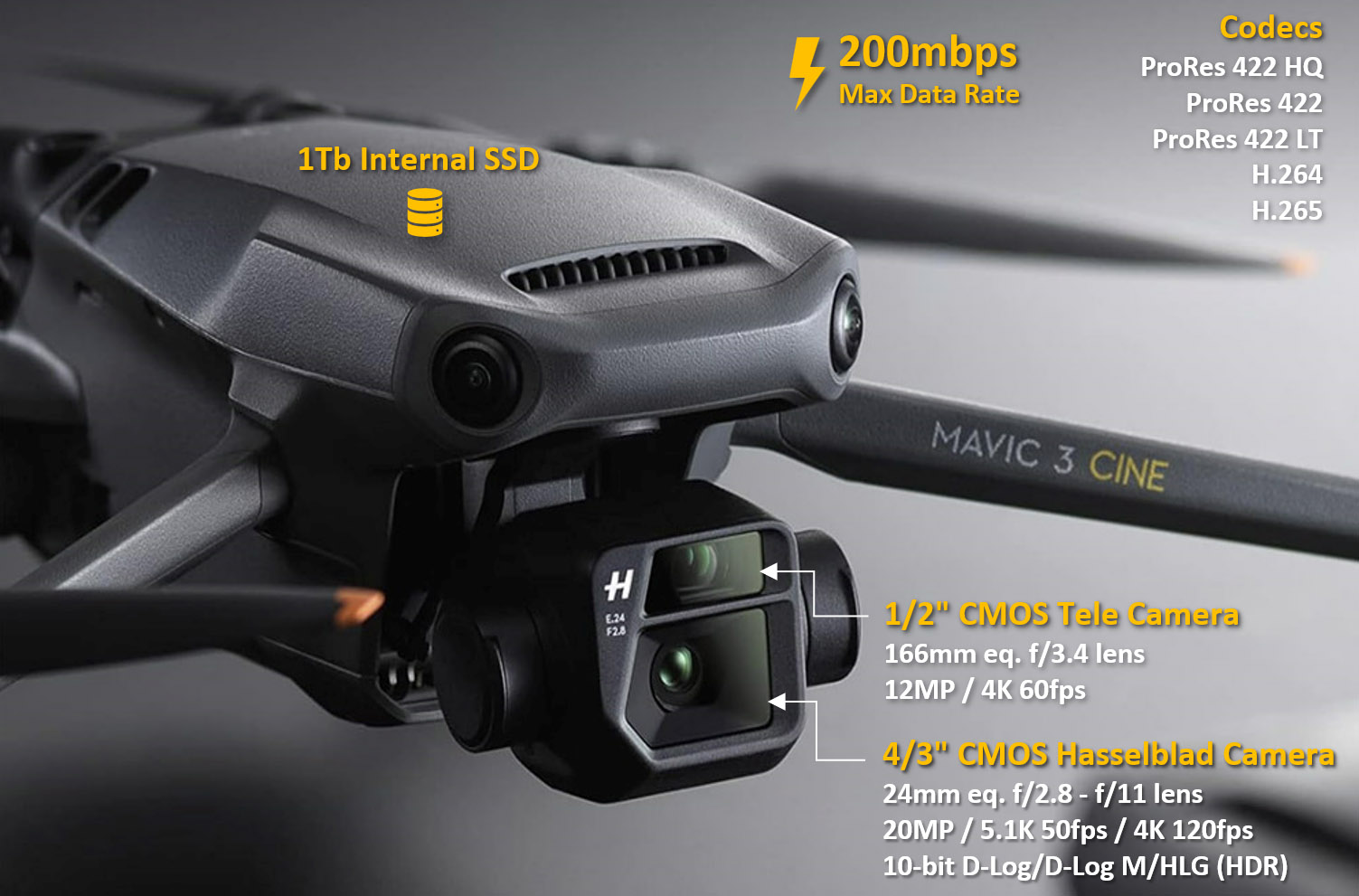
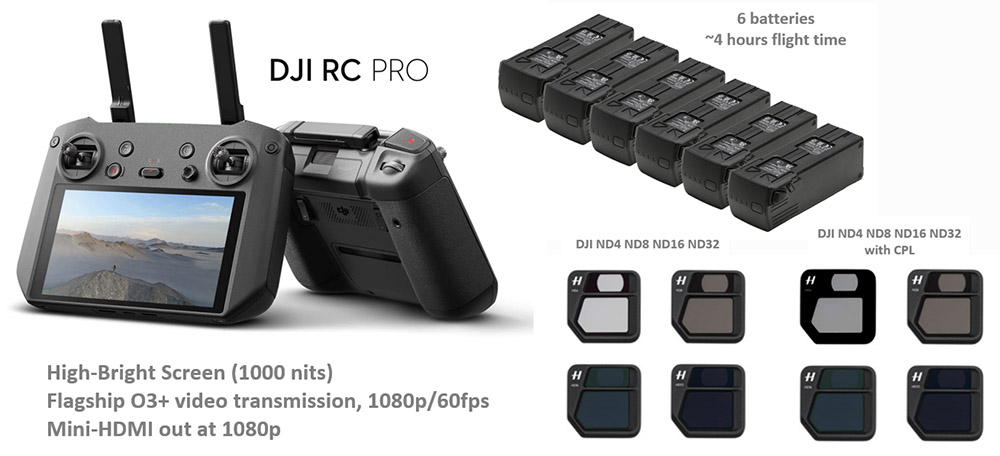
DJI Mini 4 Pro Fly More Combo
- Tiny folding drone for with impressive camera, battery and firmware specs
- Under 250g — safer over crowded spaces
- Packs away in a tiny bag, complete with controller and 3 batteries
- DJI RC 2 Controller with 5.5″ 1080p 700 nit display
- 3 high-capacity batteries, nearly 45 min flight time each
- Omni-directional obstacle avoidance
- 10-bit D-Log M and HLG color profiles
- Resolution at up to 4K100
- Data Rate: 150MPS
- Vertical filming option by rotating camera
- ActiveTrack 360
- Included: Controller Lanyard, Protective Cover/Sunhood, Landing Pad
DJI Mini 4 Pro Filters
- CPL, ND8/PL, ND16PL, ND32, ND64/PL, ND256PL
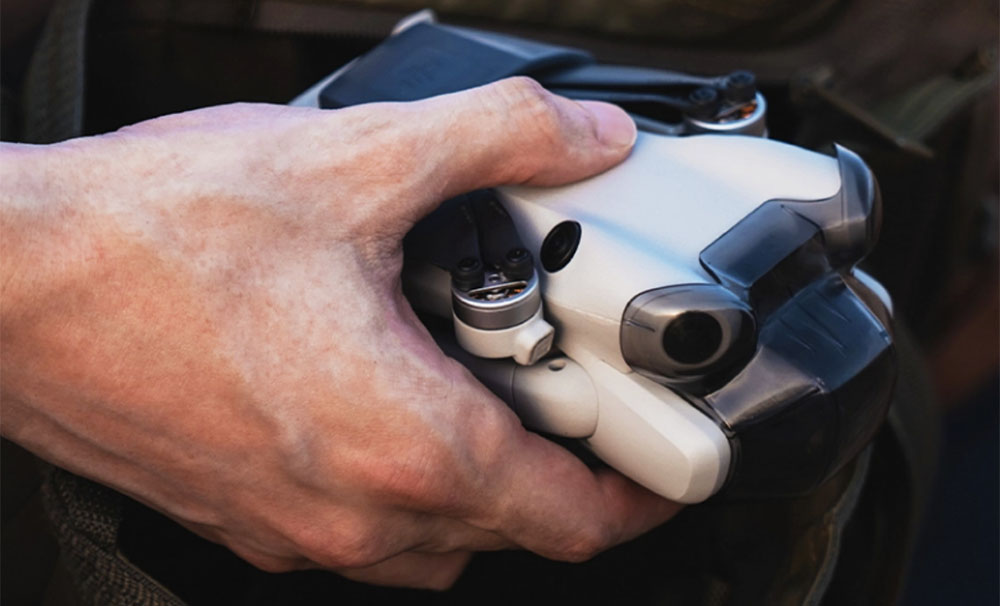
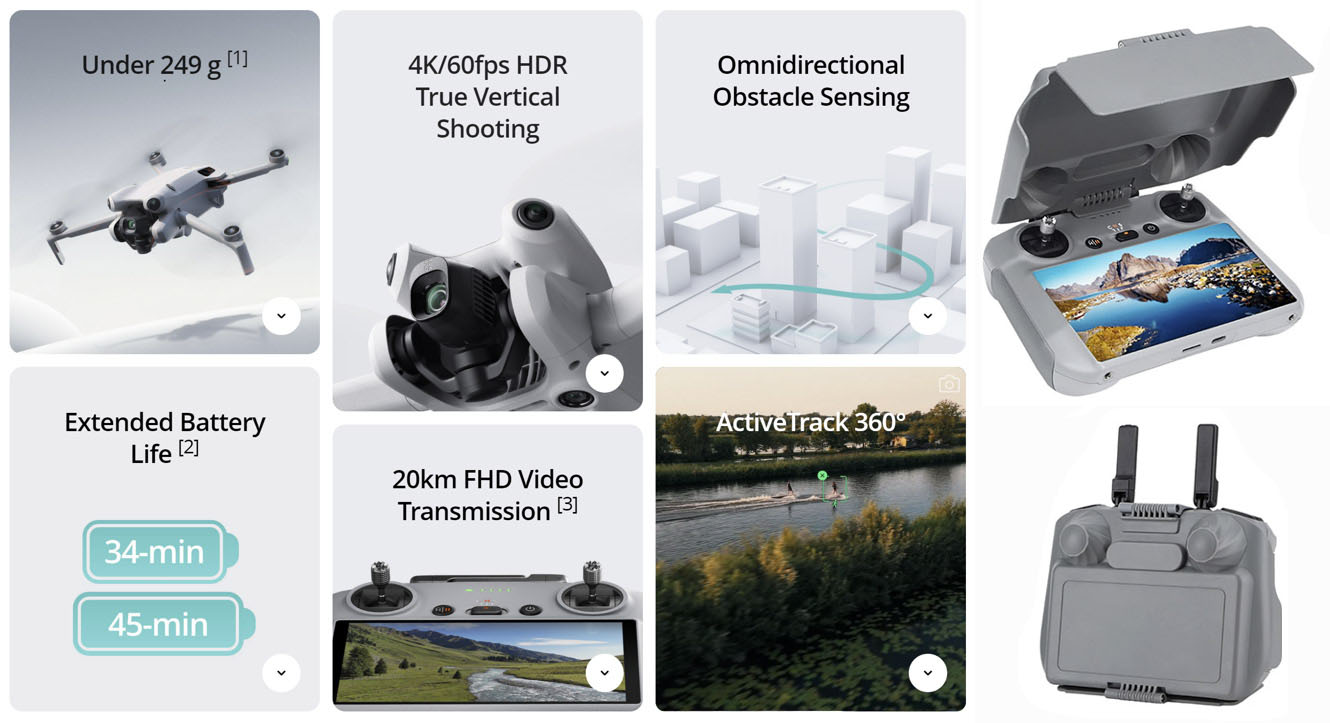




















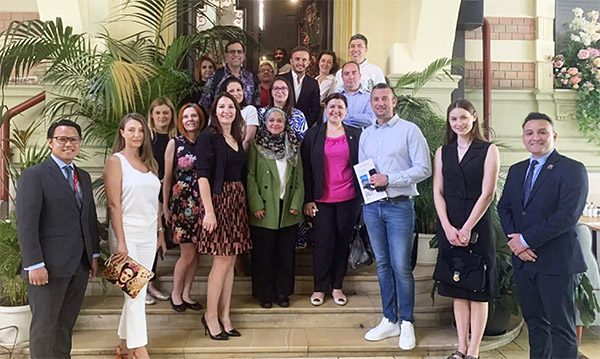


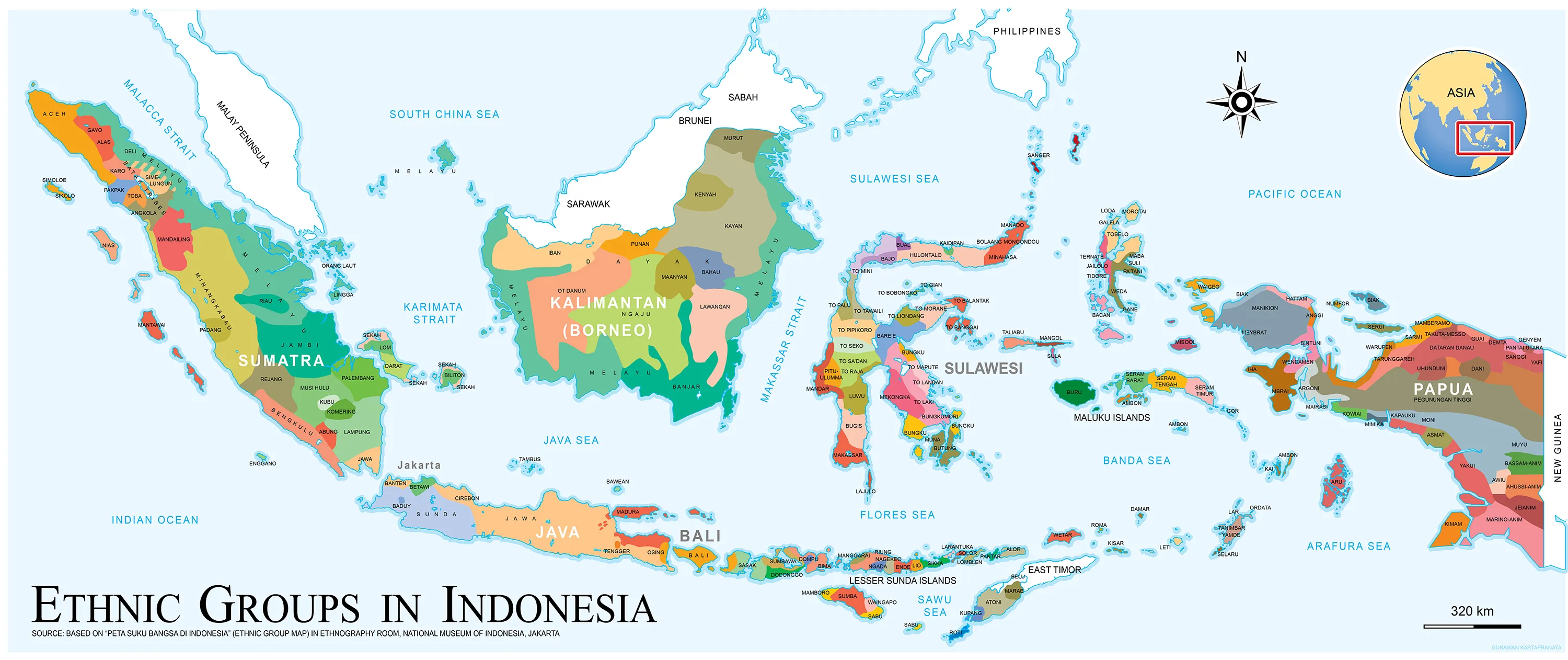
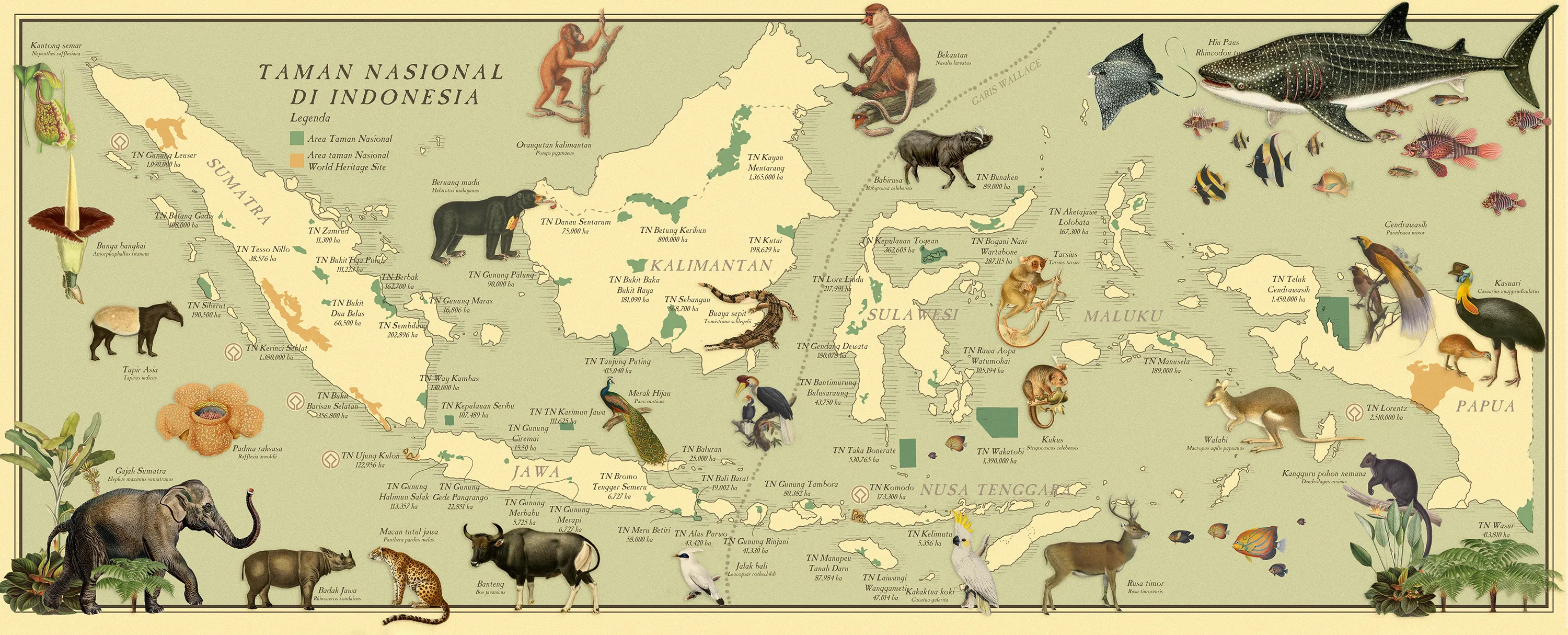
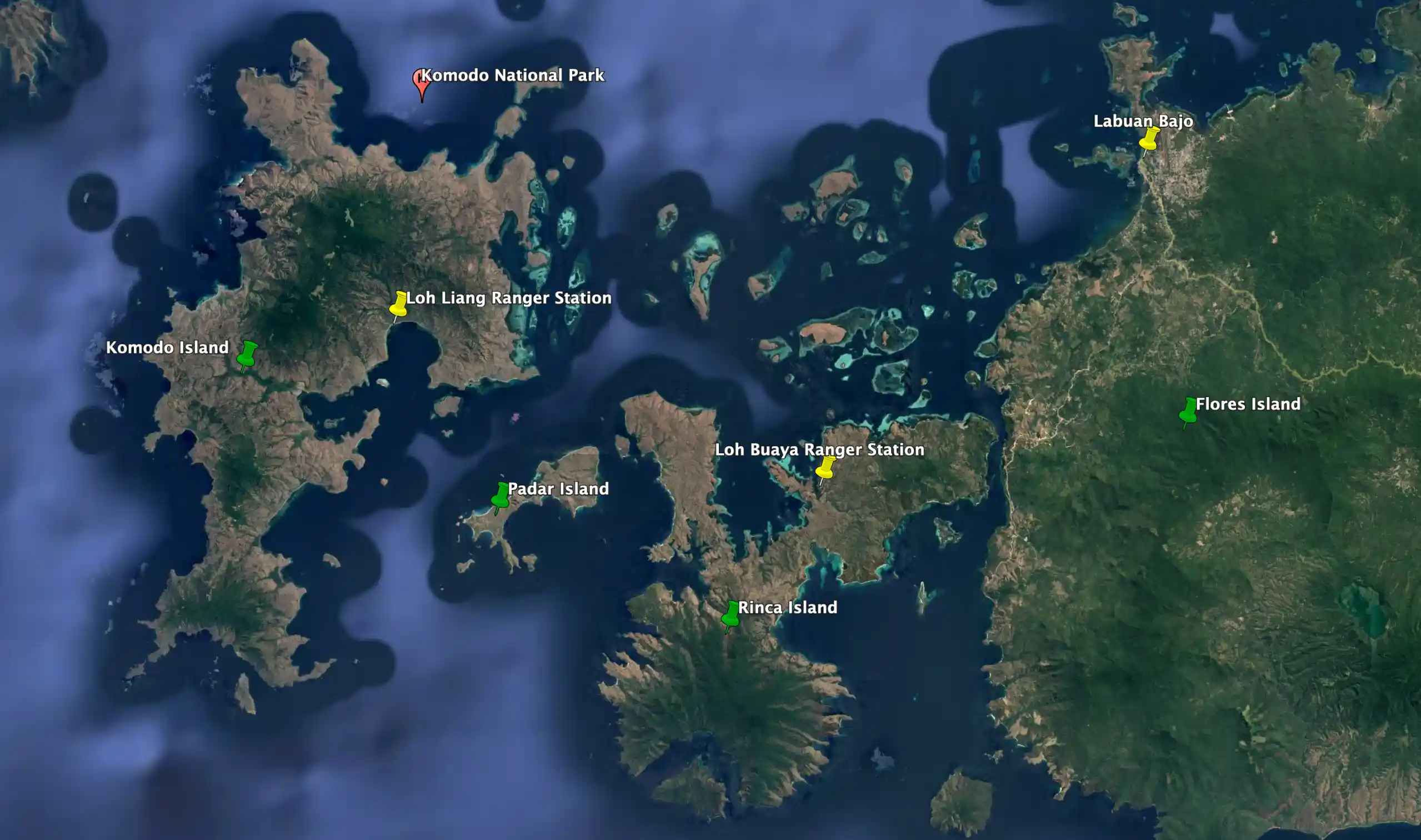
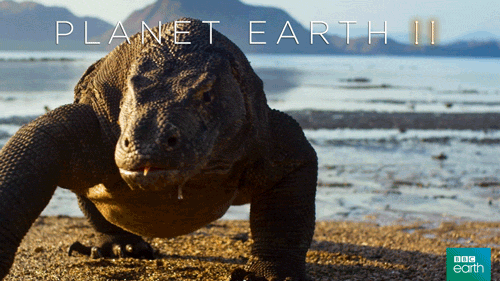
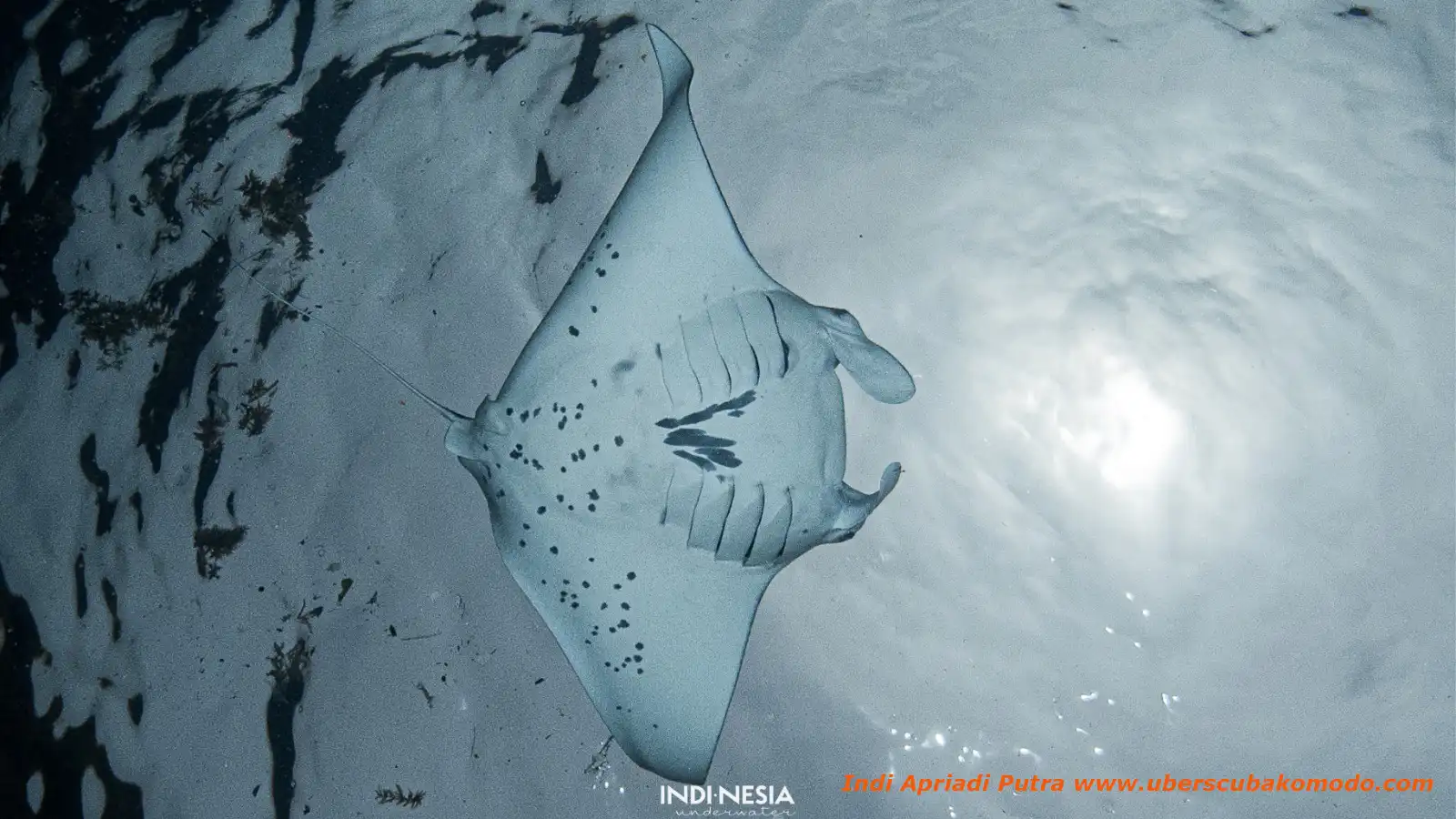
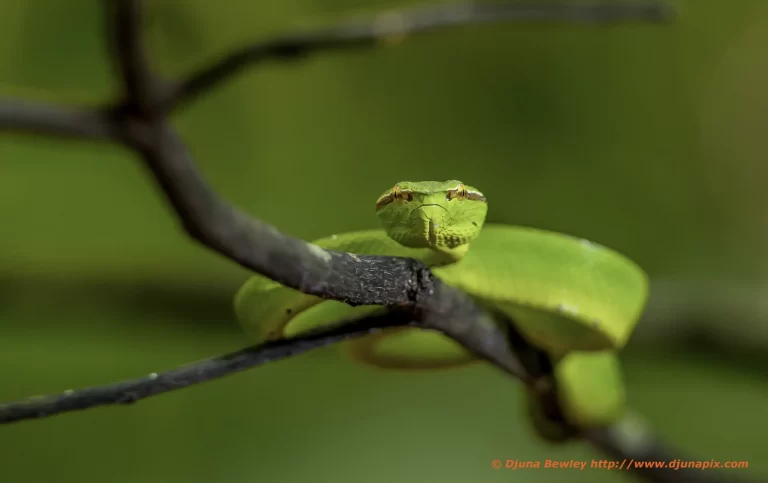
![Mola By Opencage [1], Cc By Sa 2.5, Https Commons.wikimedia.org W Index.php Curid=39330708 Copy](https://jungle-run.com/wp-content/uploads/2025/02/Mola_By-OpenCage-1-CC-BY-SA-2.5-https-__commons.wikimedia.org_w_index.php_curid39330708-copy.webp)
